Space Exploration
Latest about Space Exploration
-
-
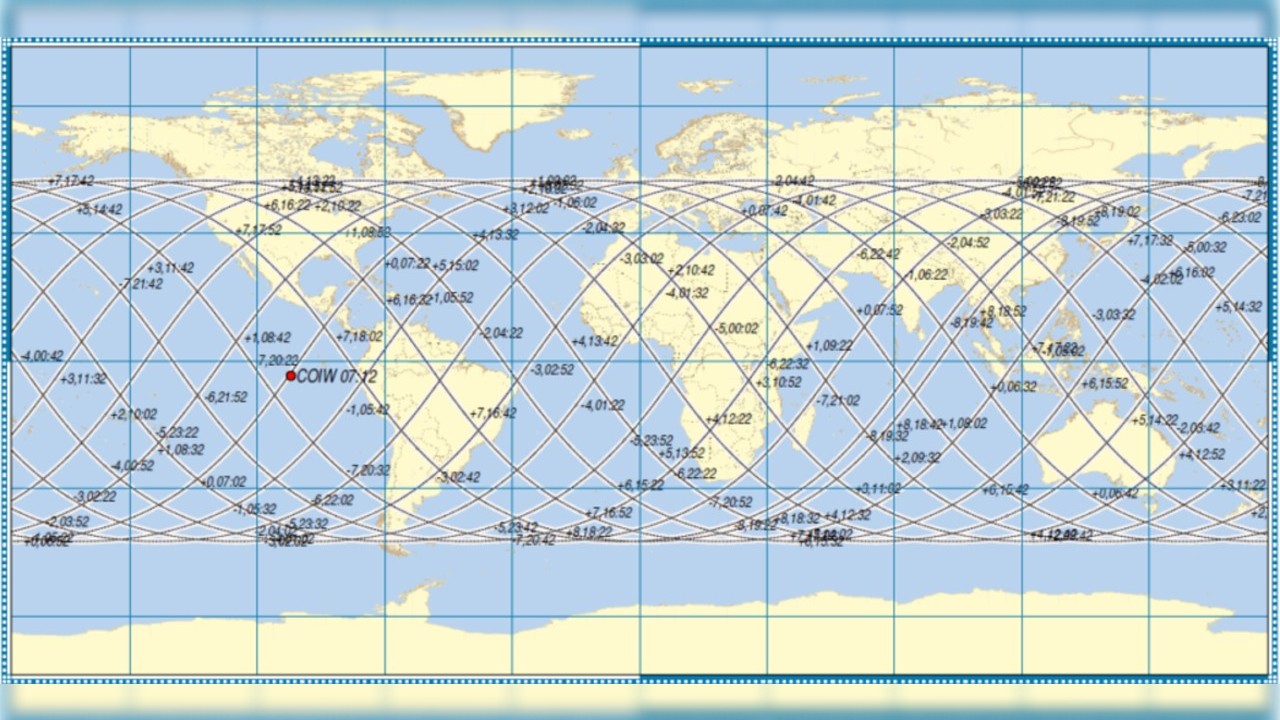
A failed Soviet Venus probe is expected to fall to Earth today, but when and where? Here's what we know
By Brett Tingley Published
-
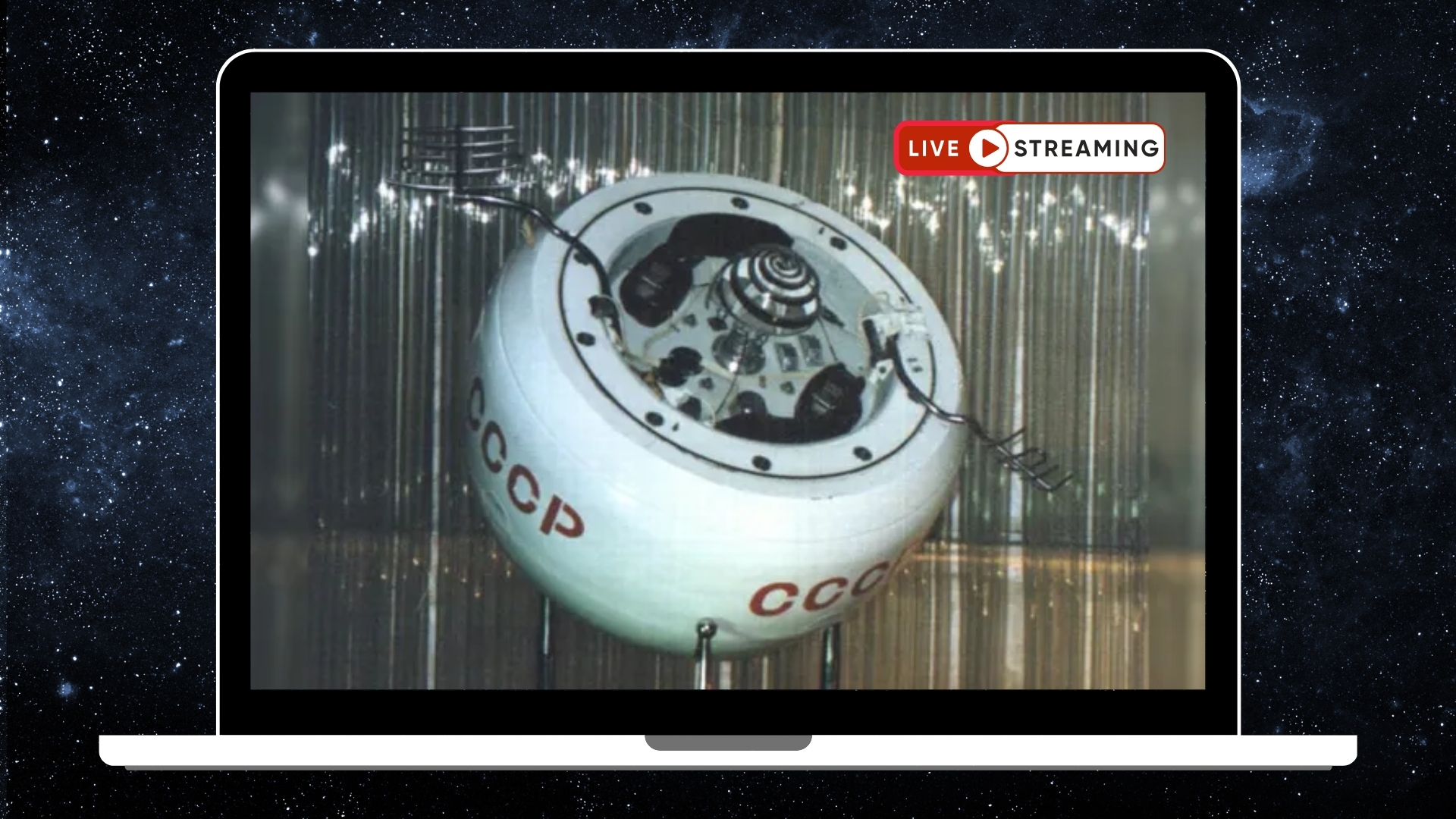
A failed Soviet Venus probe is falling to Earth, and an astronomer will attempt to catch it on camera on May 8
By Samantha Mathewson Published
-
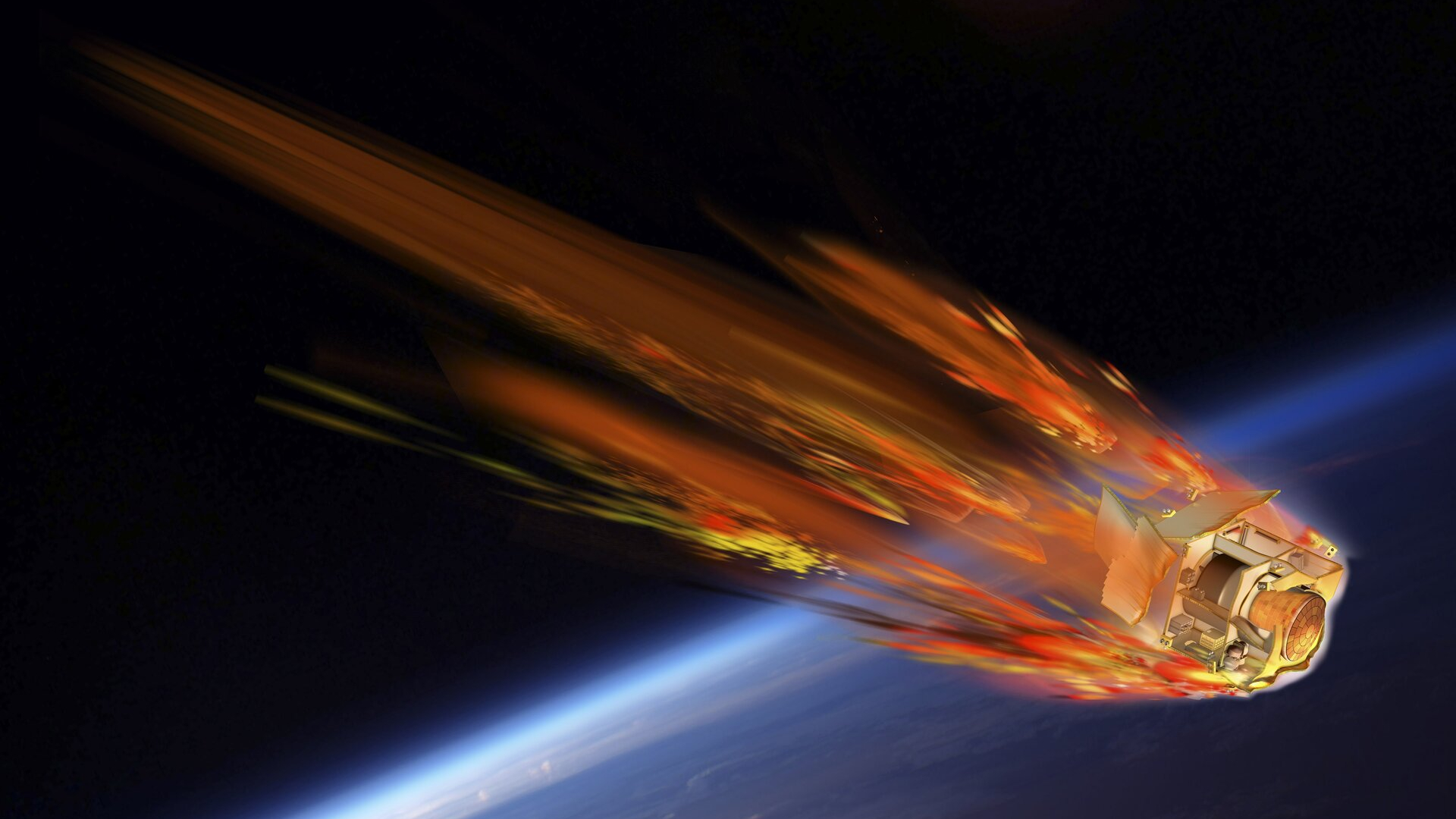
A failed Soviet Venus probe is falling to Earth. Here's what it might look like
By Josh Dinner Published
-
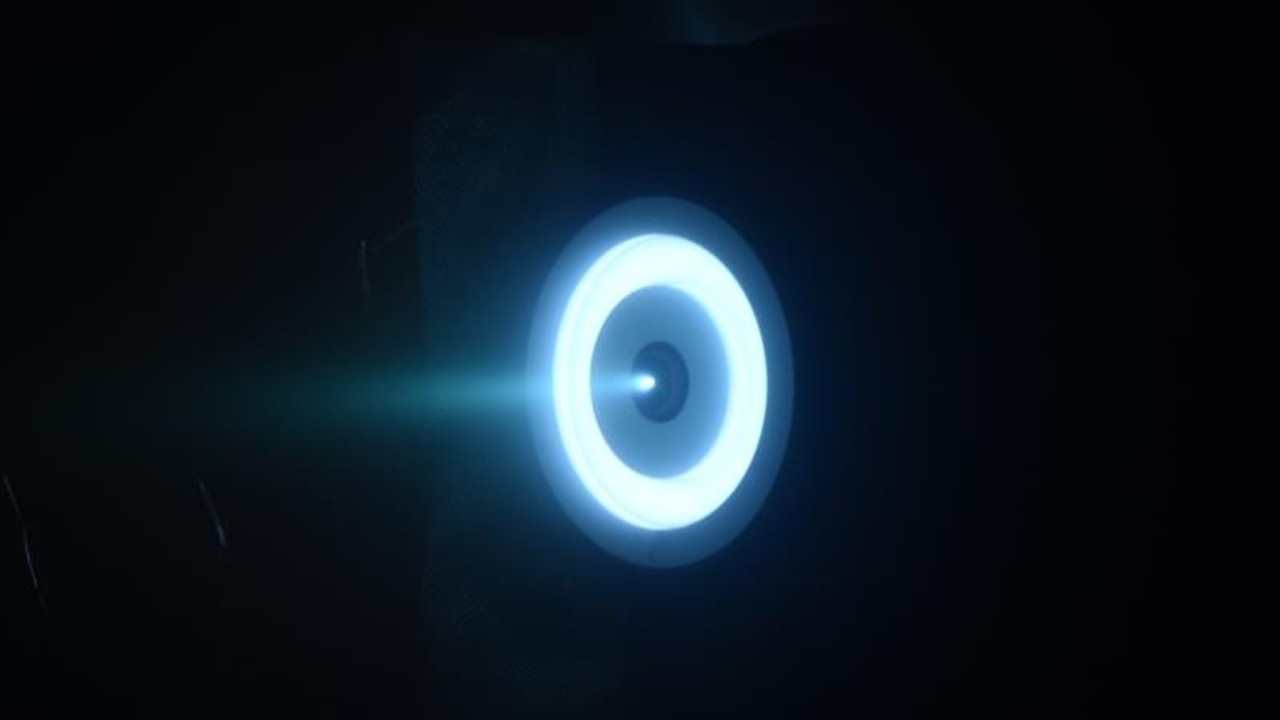
US Space Force test fires thrusters for moon surveillance spacecraft
By Brett Tingley Published
-

Satellites show 28 US cities are sinking, including NYC and Chicago: 'Infrastructure can be silently compromised'
By Stefanie Waldek Published
-
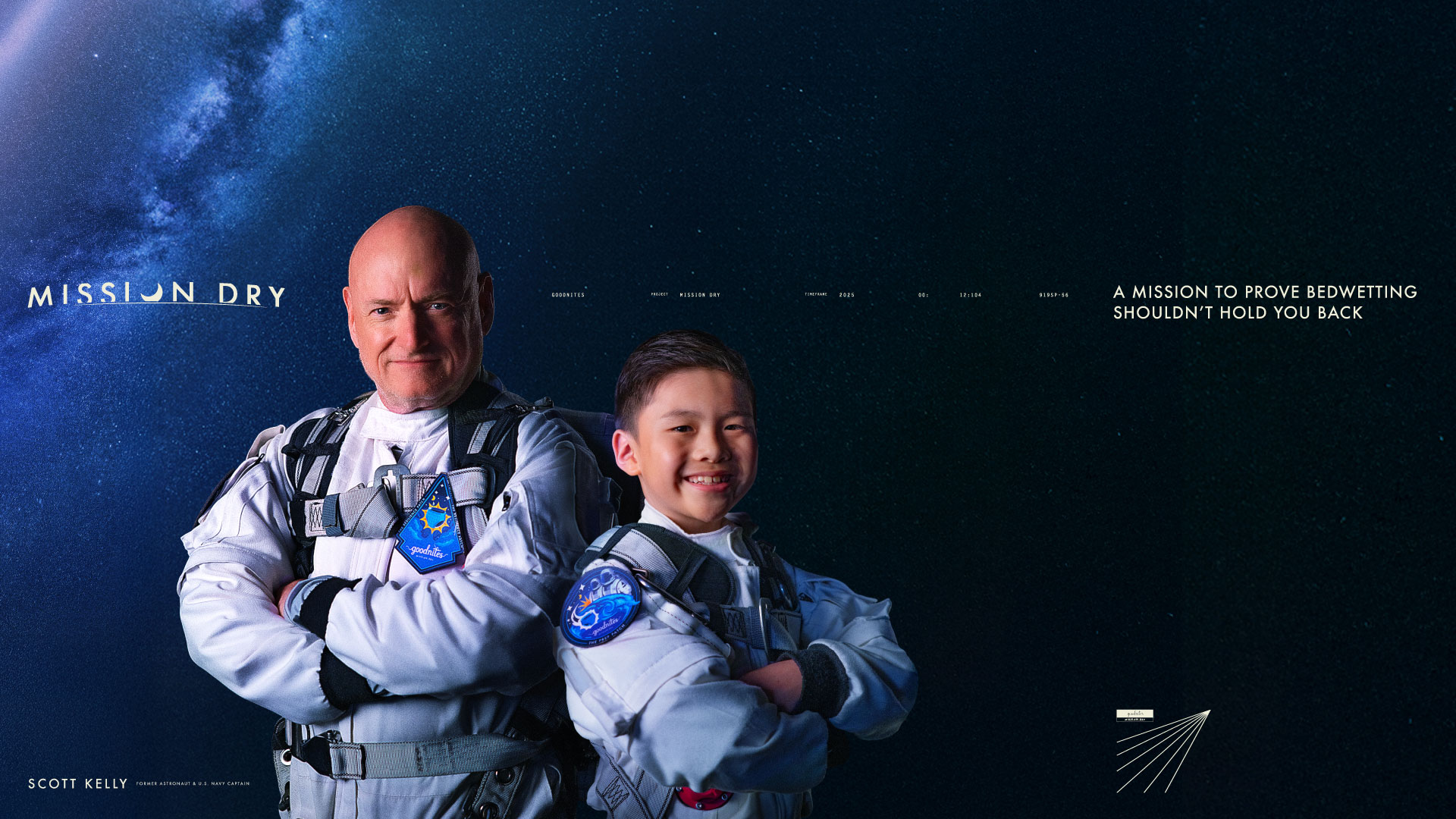
Astronaut Scott Kelly joins 'Mission Dry,' stars in Goodnites campaign film
By Robert Z. Pearlman Published
-

Europe's space agency weighs fallout from proposed NASA budget cuts that could threaten joint missions
By Andrew Jones Published
-
Explore Space Exploration
Human spaceflight
-
-

Astronaut Scott Kelly joins 'Mission Dry,' stars in Goodnites campaign film
By Robert Z. Pearlman Published
-
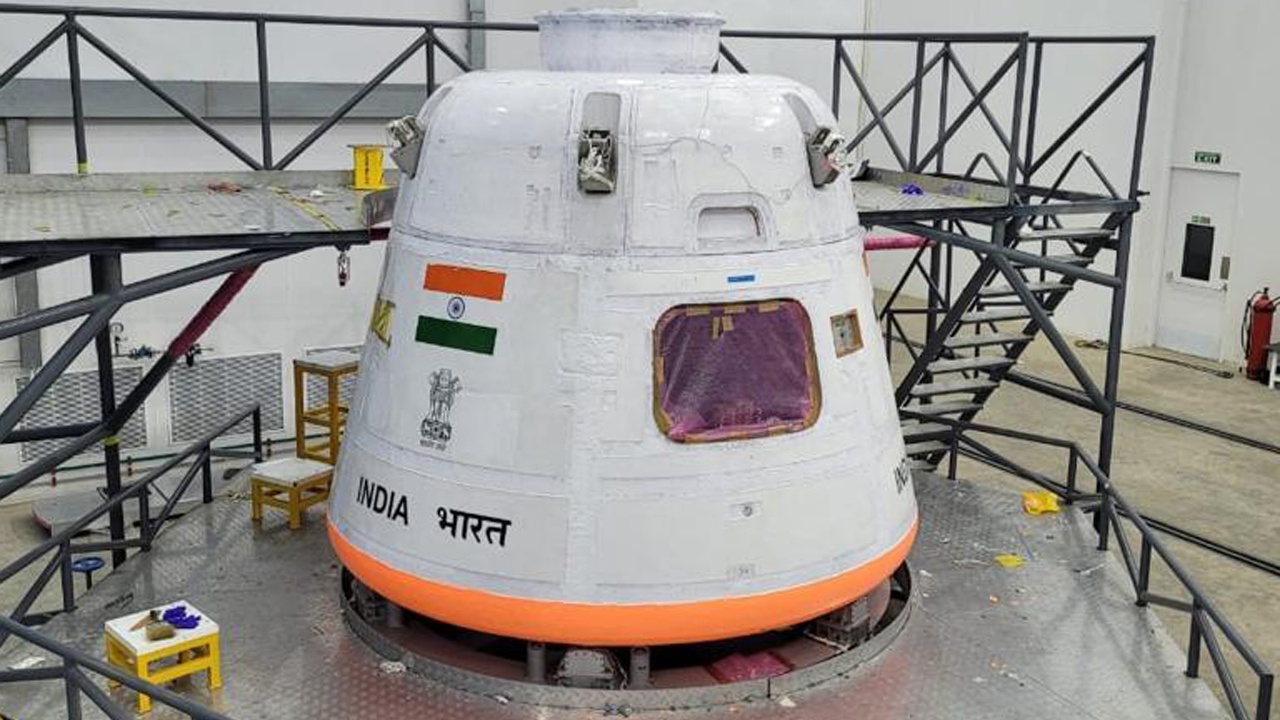
India delays 1st Gaganyaan astronaut launch to 2027
By Josh Dinner Published
-
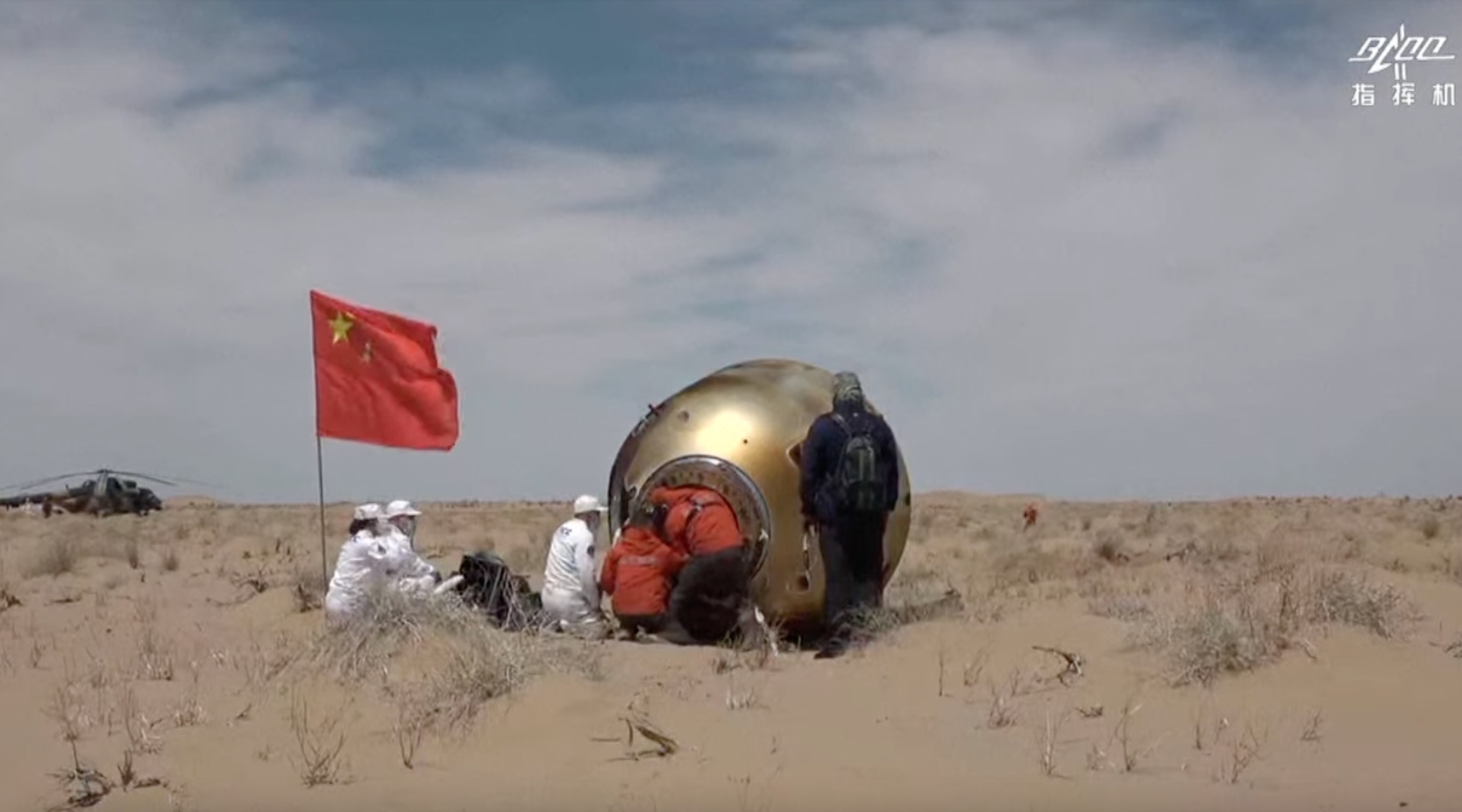
China's Shenzhou 19 astronauts return to Earth after 6 months aboard Tiangong space station (video, photos)
By Mike Wall Published
-

China reveals Shenzhou 20 astronaut crew launching to Tiangong space station
By Tariq Malik Published
-
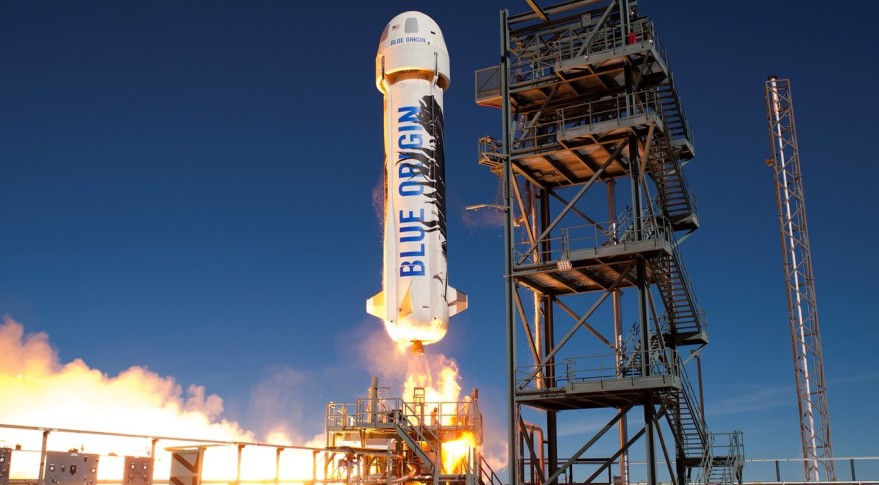
Blue Origin NS-31 all-female crew space launch: Mission updates
By Josh Dinner Last updated
-
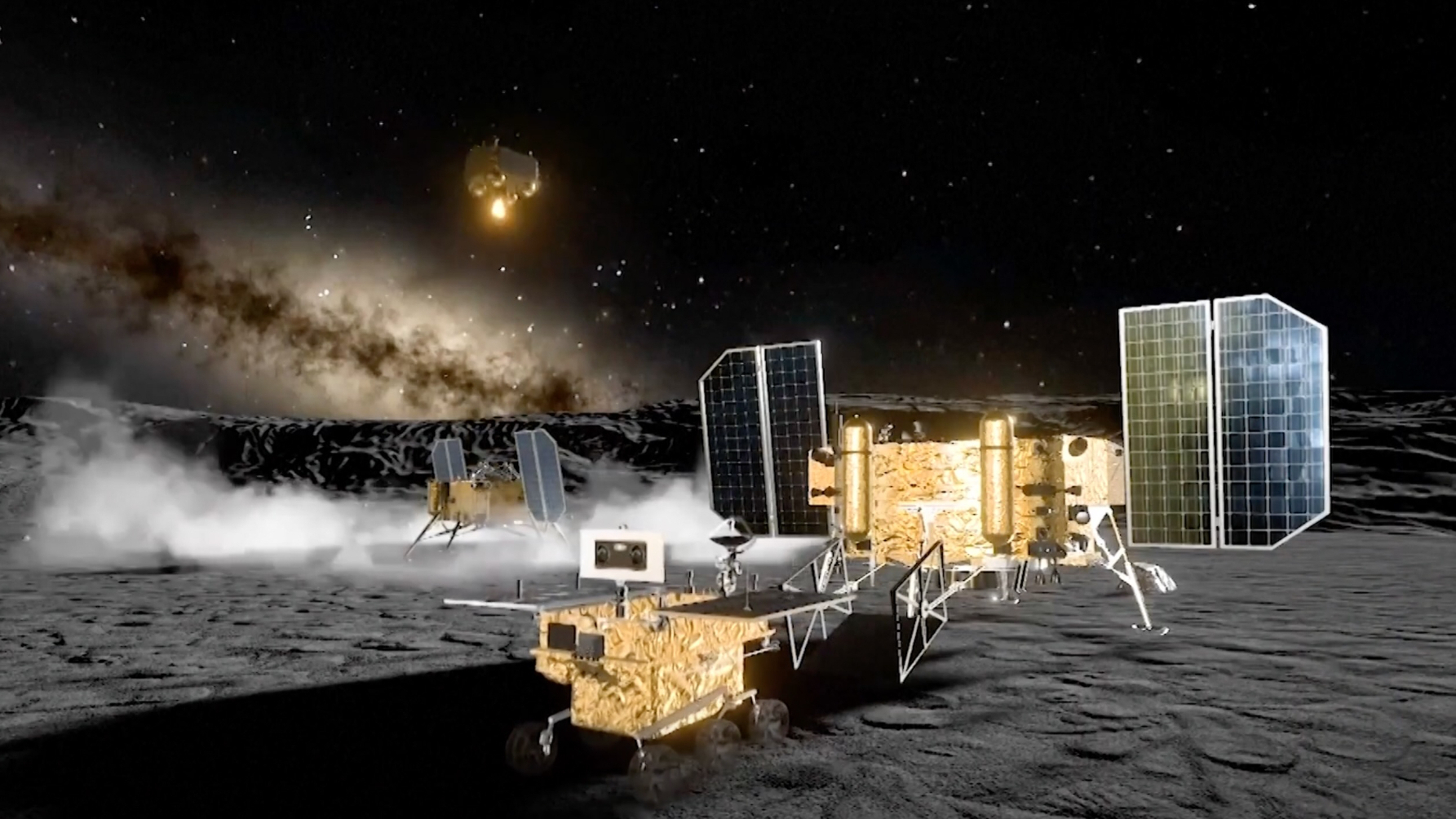
China to 3D-print bricks on the moon using lunar dirt in 2028 to pave way for future base (video)
By Andrew Jones Published
-

China and Pakistan agree to fly 1st foreign astronaut to Chinese space station
By Julian Dossett Published
-
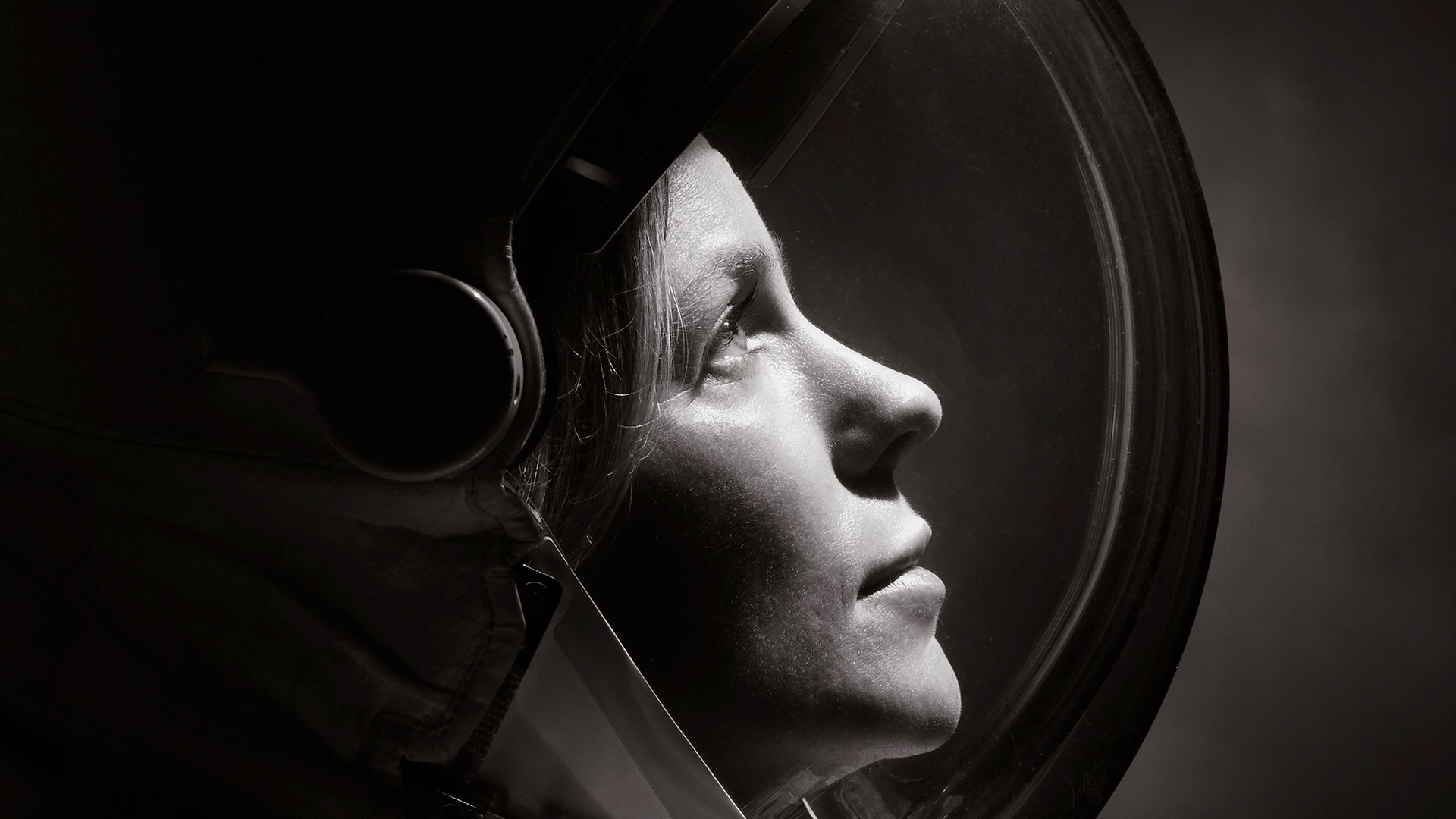
Astronaut's new NASA portrait is a blast from the past: Space photo of the day
By Robert Z. Pearlman Published
-
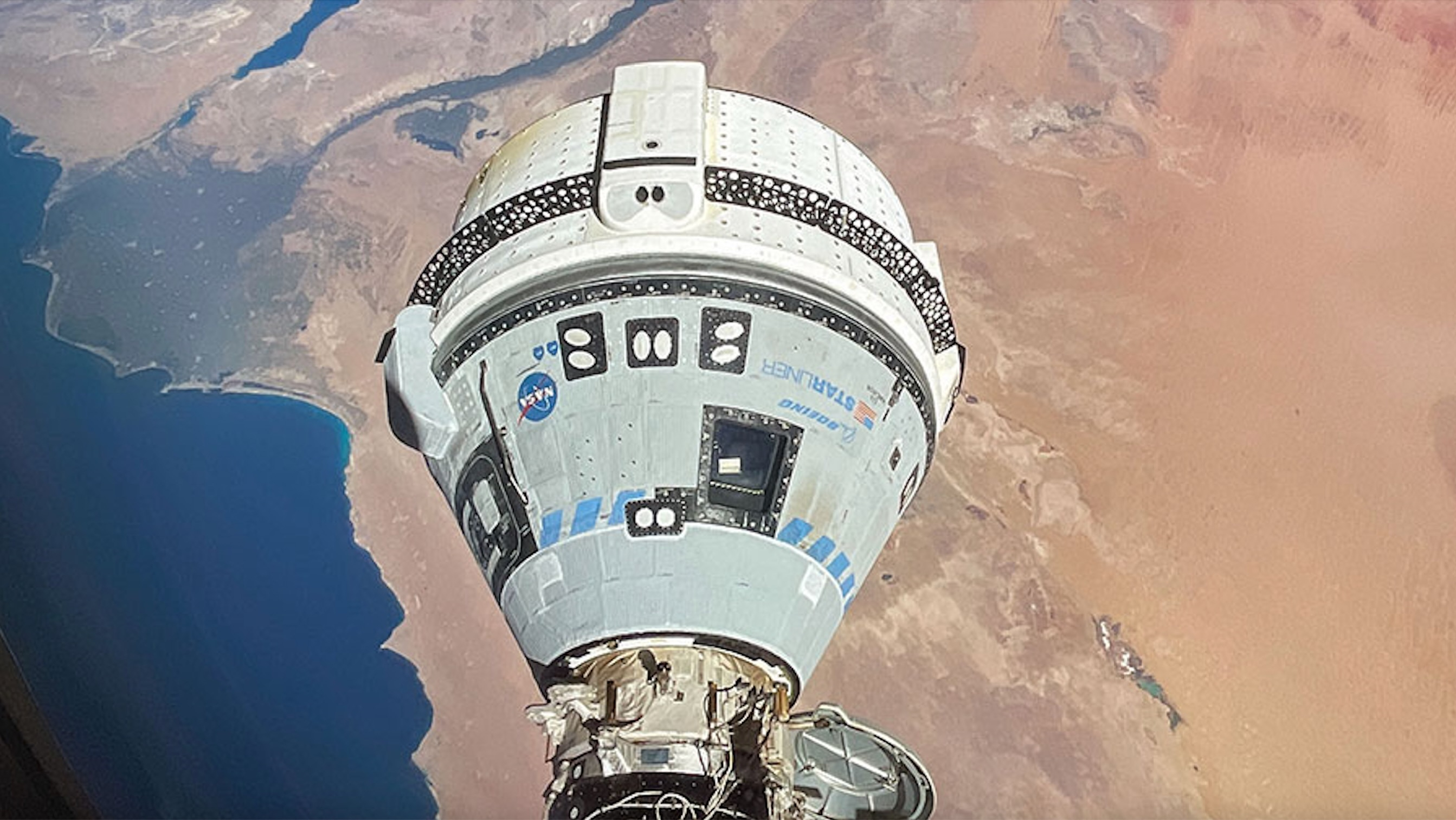
'I’d get on in a heartbeat': Starliner astronauts would fly on Boeing spacecraft again despite malfunctions (video)
By Josh Dinner Published
-
Launches & Spacecraft
-
-

A failed Soviet Venus probe is expected to fall to Earth today, but when and where? Here's what we know
By Brett Tingley Published
-

A failed Soviet Venus probe is falling to Earth, and an astronomer will attempt to catch it on camera on May 8
By Samantha Mathewson Published
-

A failed Soviet Venus probe is falling to Earth. Here's what it might look like
By Josh Dinner Published
-
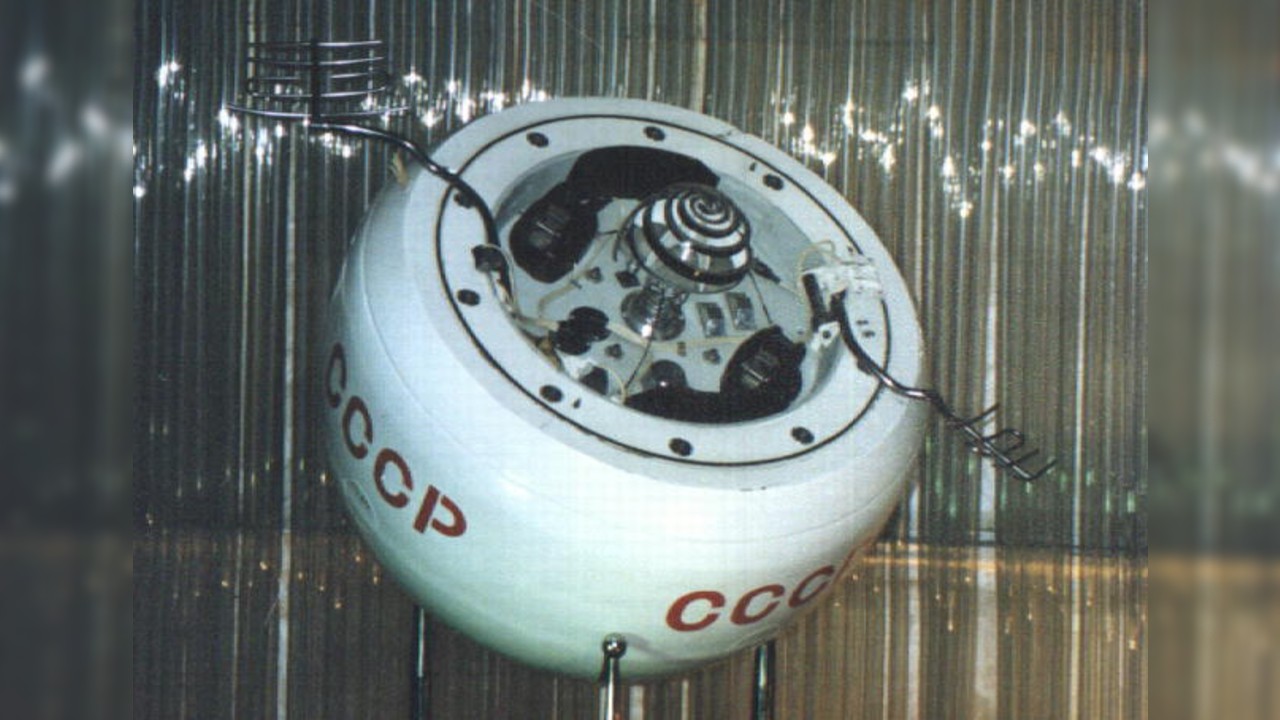
Old Soviet Venus lander's fall to Earth will be no ordinary space junk crash. Here's why
By Mike Wall Published
-
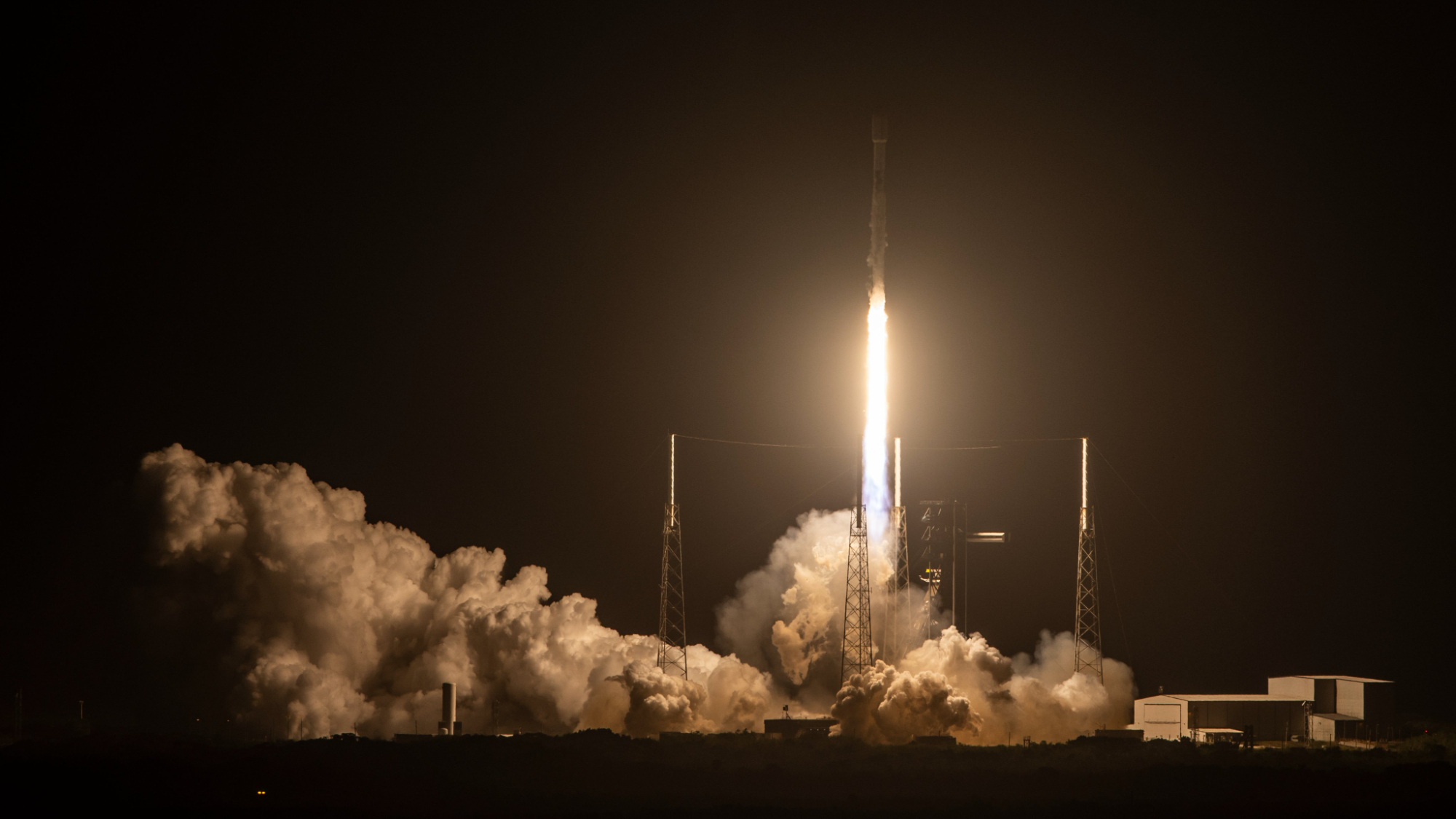
SpaceX Falcon 9 rocket launches 28 Starlink satellites to orbit from Florida (video, photos)
By Josh Dinner Published
-
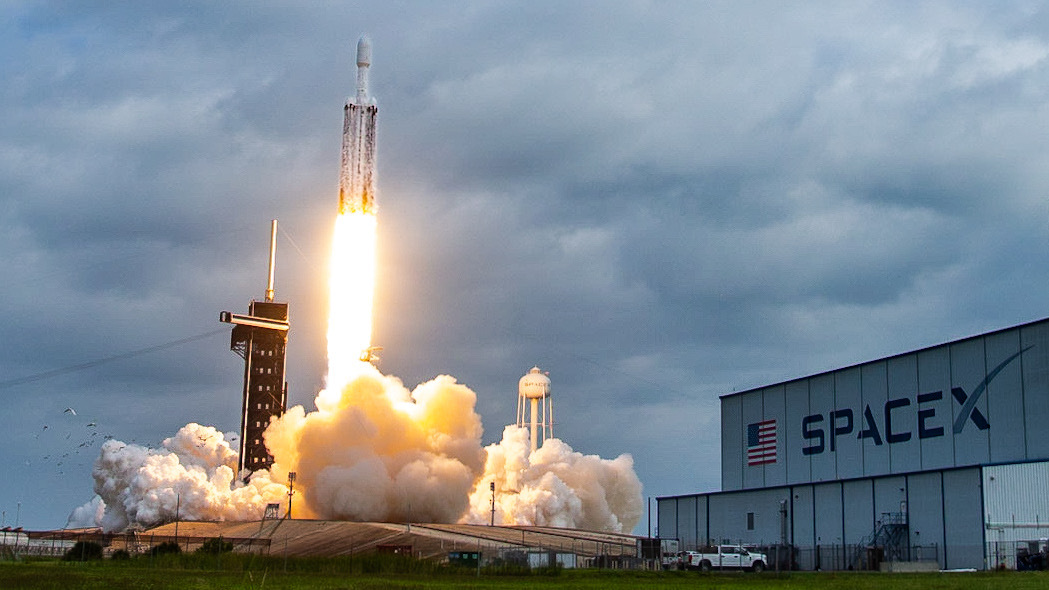
Rocket launch today: Is there a rocket launch and what time?
By Josh Dinner Last updated
-
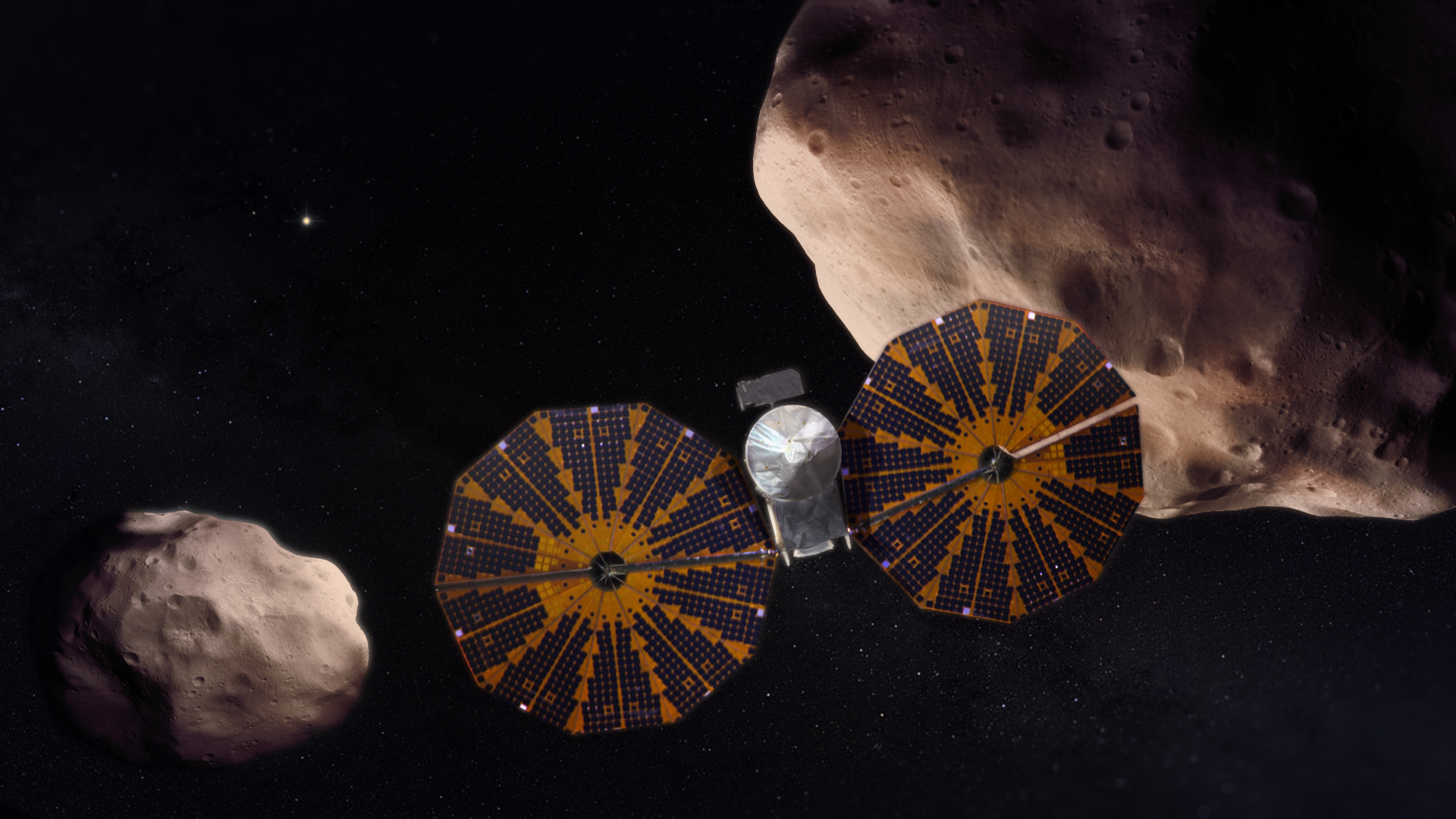
'Right now, we are in what has to be a Golden Age of asteroid exploration.' Scientists celebrate NASA's latest space rock flyby
By Leonard David Published
-
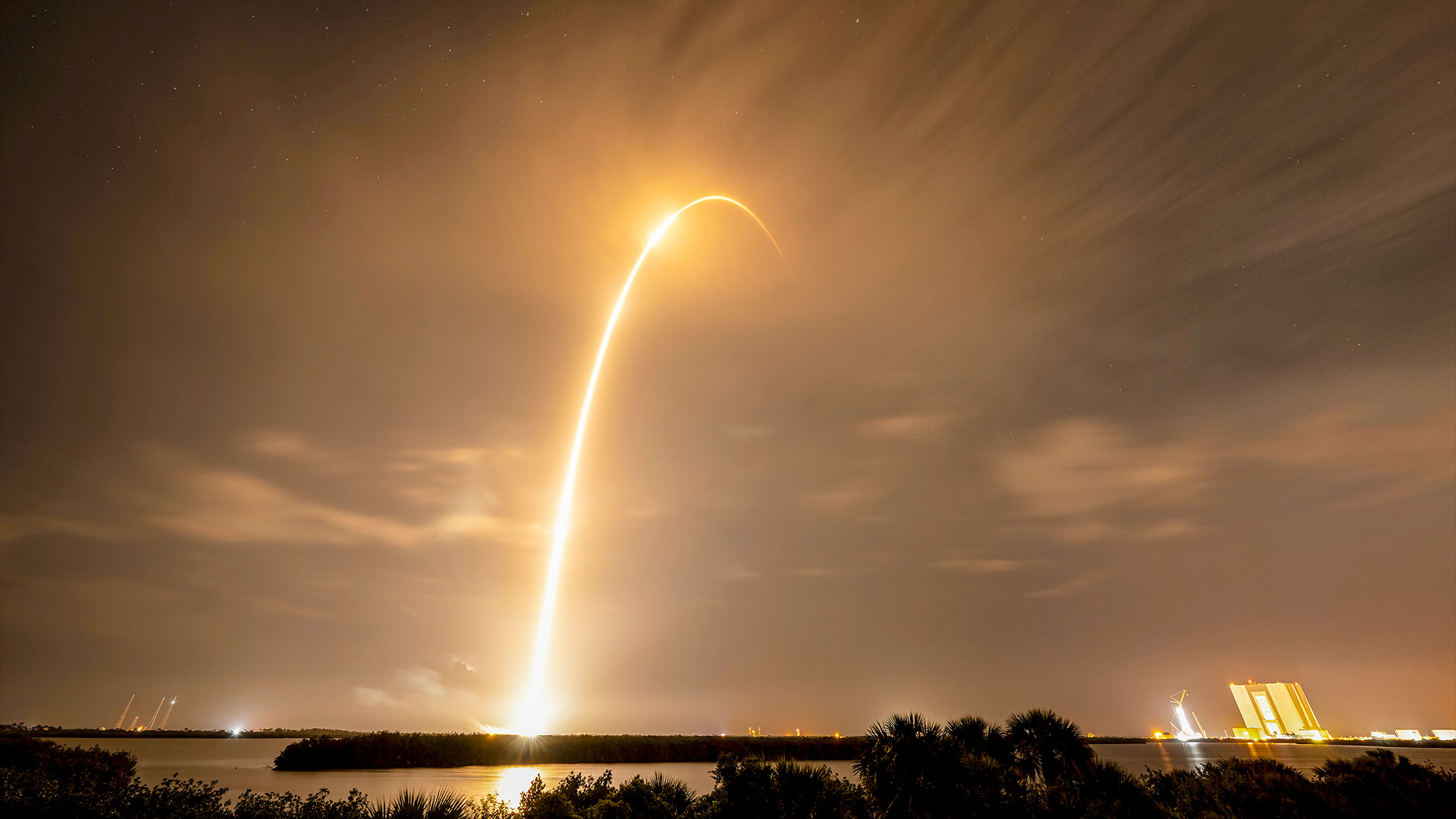
'Falcon' flies on Star Wars Day: SpaceX launches Starlink satellites from Florida
By Robert Z. Pearlman Published
-
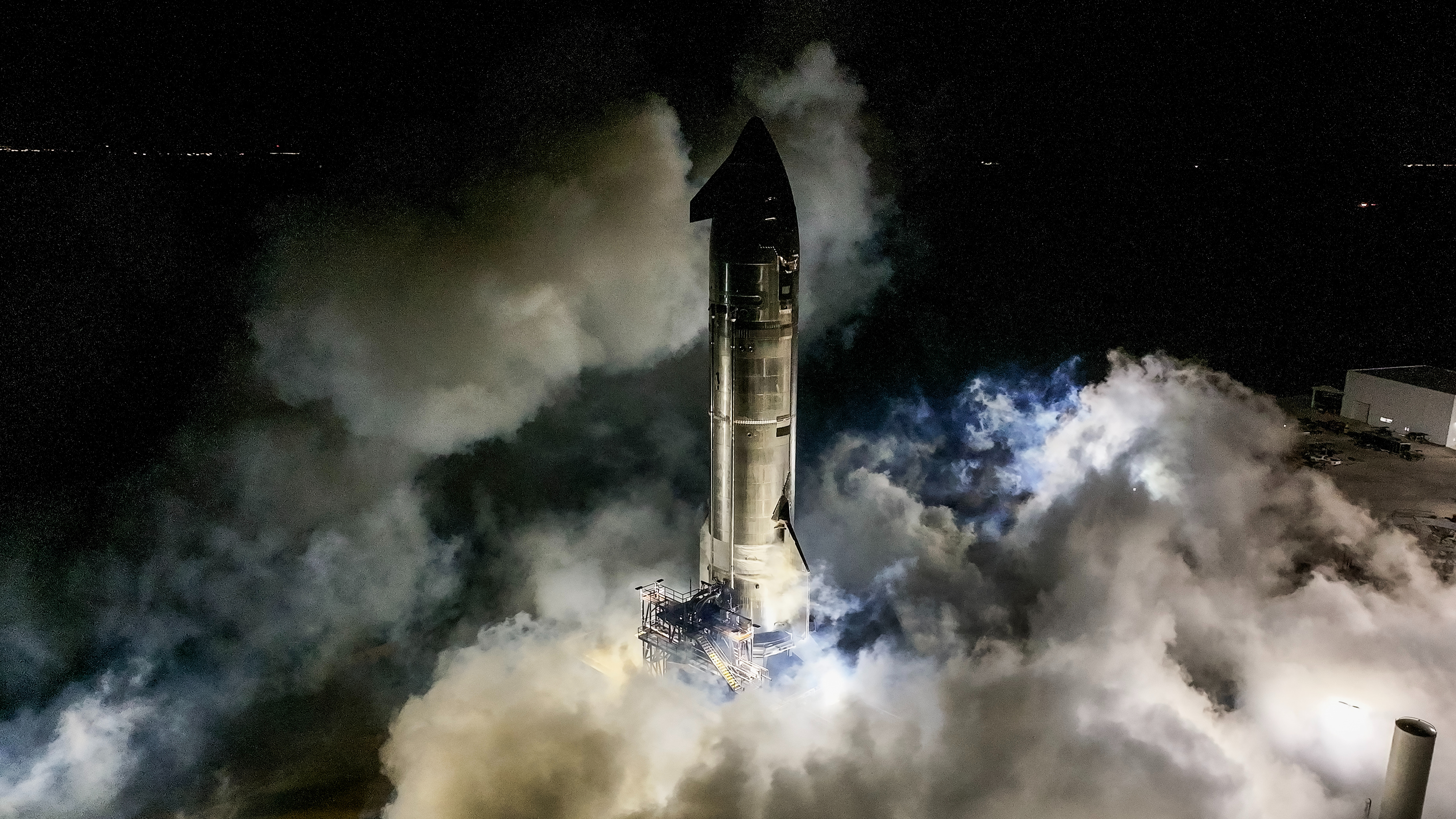
SpaceX fires up Starship spacecraft ahead of 9th test flight (photo)
By Mike Wall Published
-
Missions
-
-
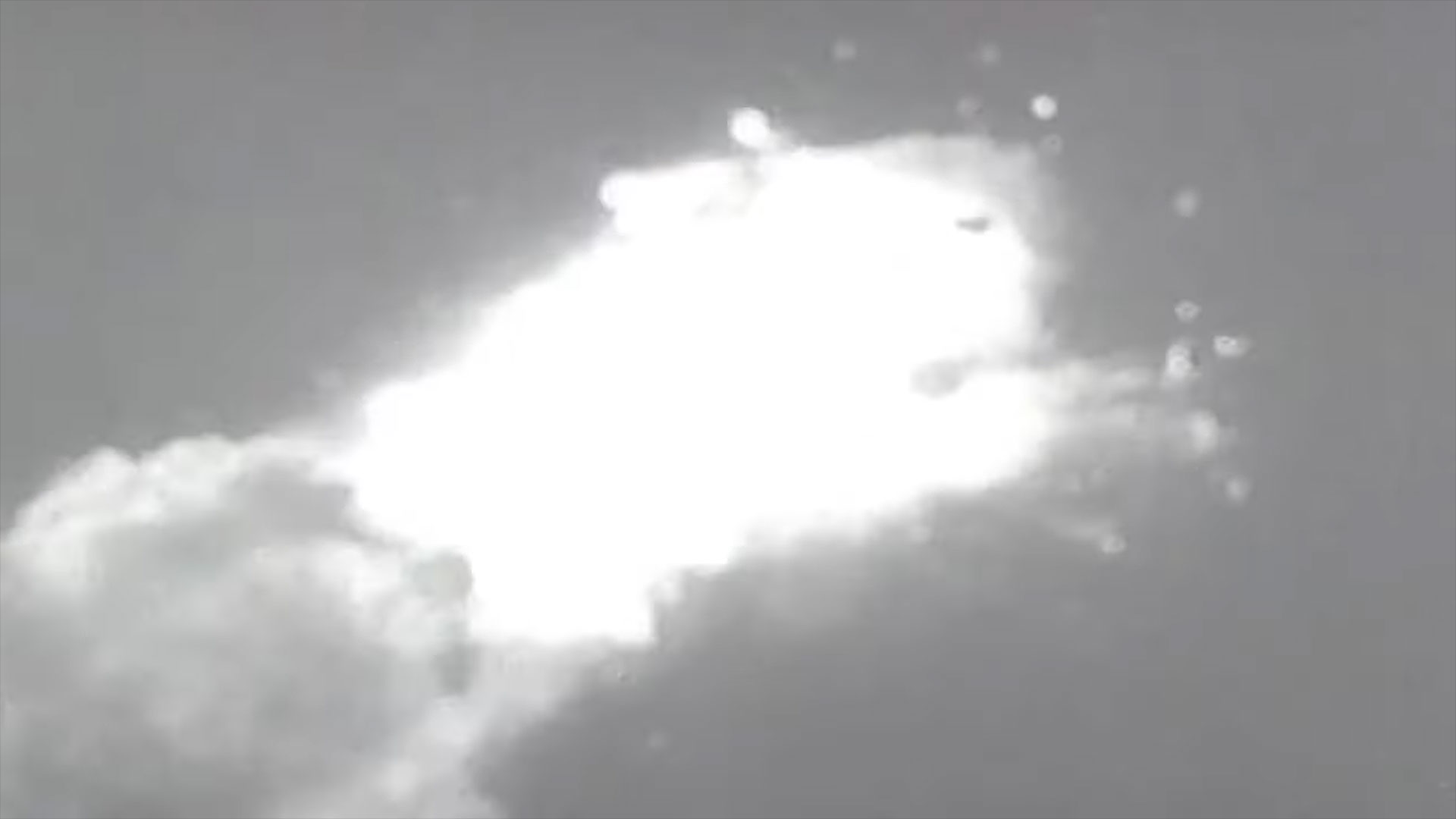
On this day in space! May 8, 1962: Centaur rocket explodes during maiden flight
By Hanneke Weitering Last updated
-

NASA gets keys to Orion spacecraft | Space photo of the day for May 7, 2025
By Robert Z. Pearlman Published
-

Belgian artist of 'Fallen Astronaut' figurine on the moon dies at 99
By Robert Z. Pearlman Published
-
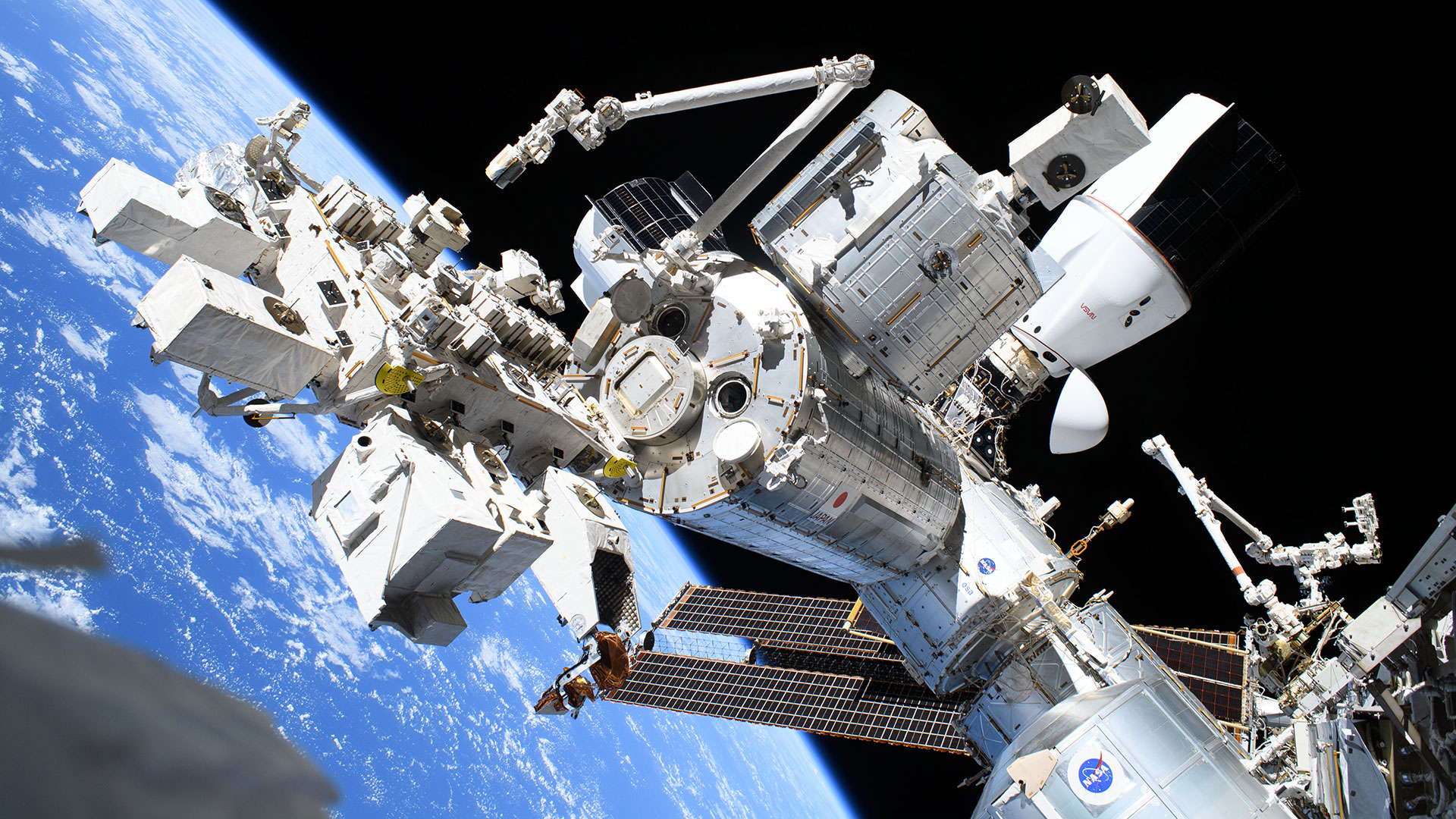
Rooms and a view | Space photo of the day for May 6, 2025
By Robert Z. Pearlman Published
-
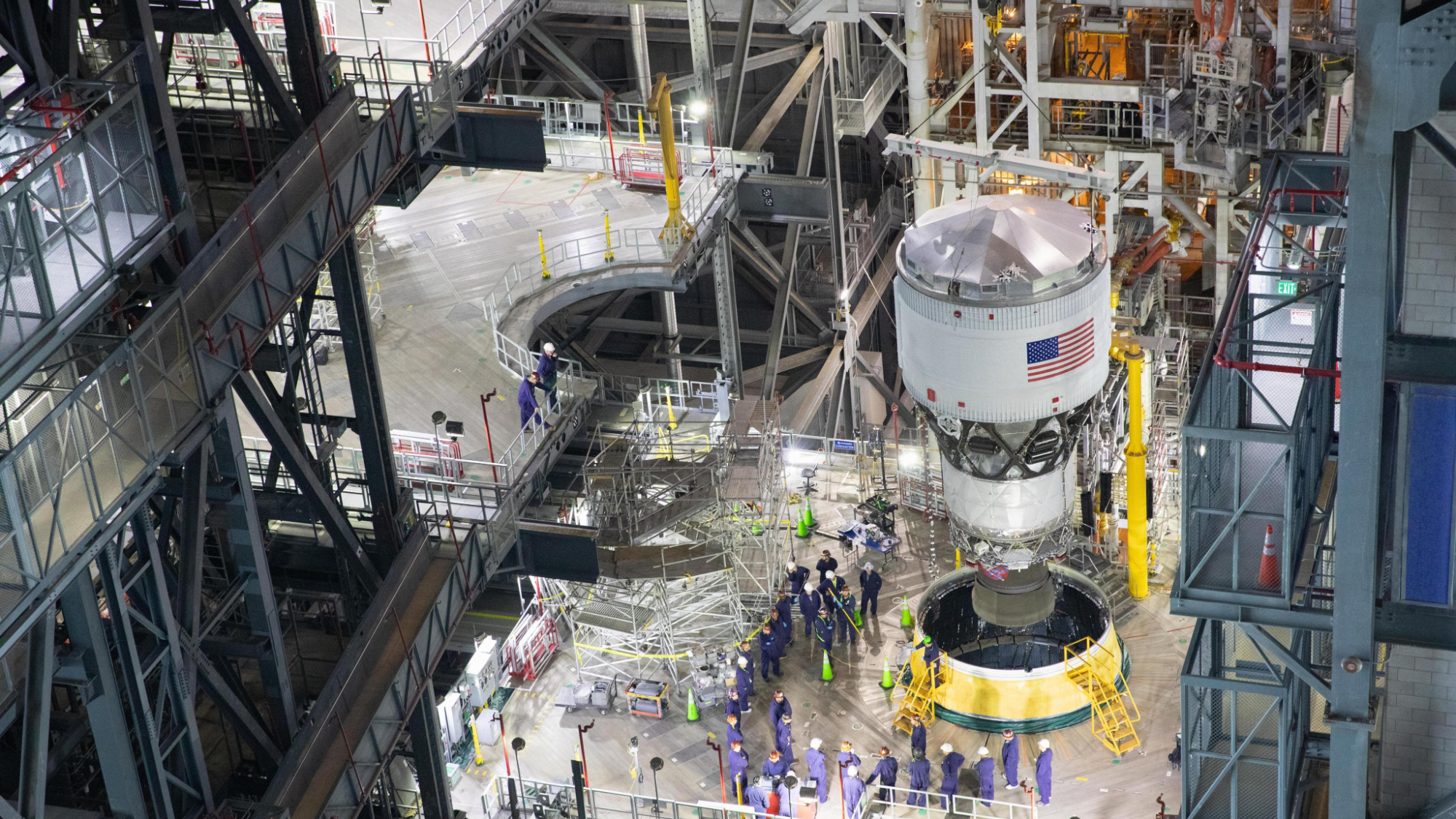
NASA's Artemis 2 moon rocket gets 2nd stage even as Trump tries to scrap Space Launch System (photos)
By Josh Dinner Published
-
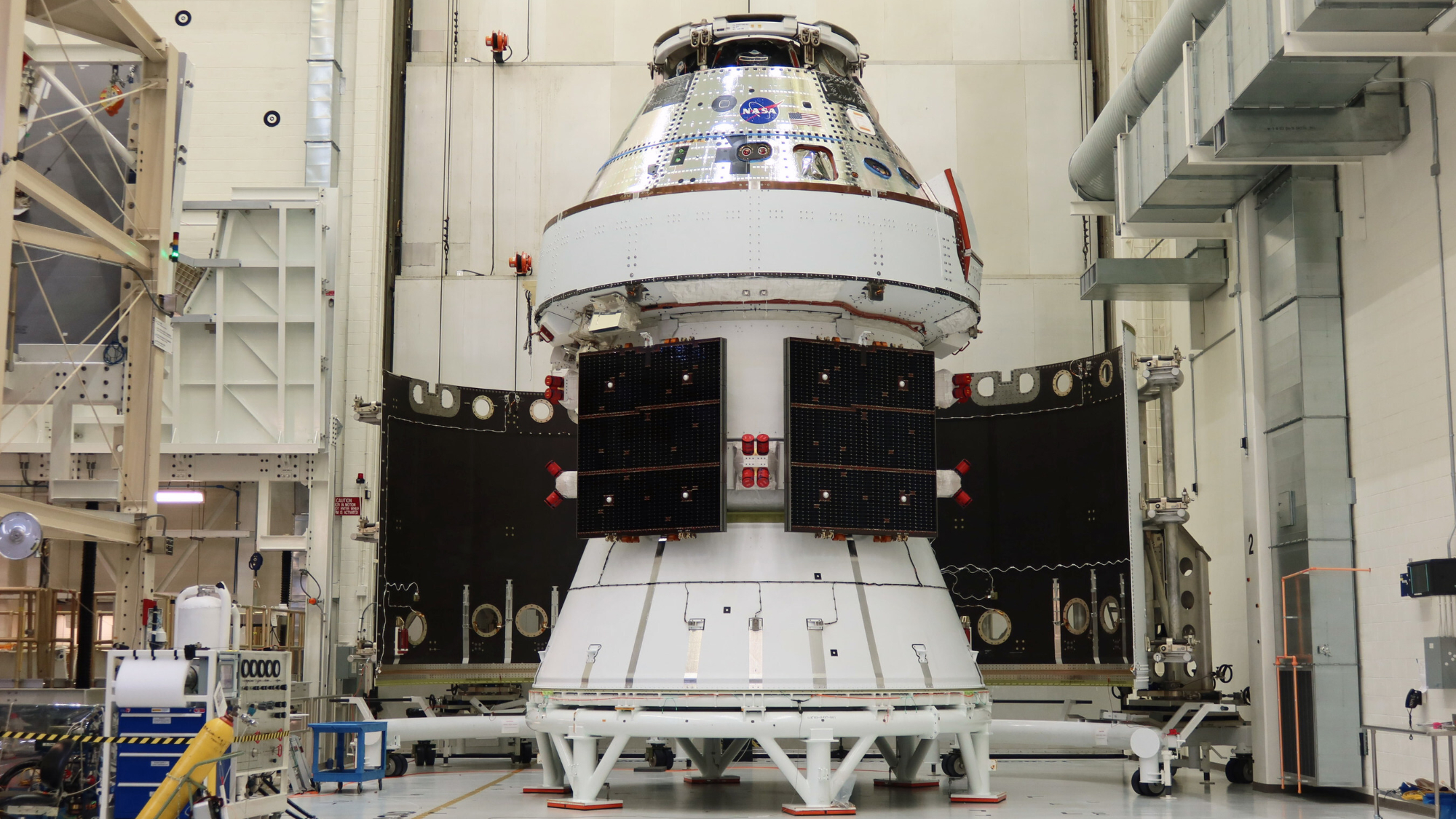
NASA just got the Orion spacecraft that will fly astronauts around the moon on Artemis 2 in 2026
By Josh Dinner Published
-
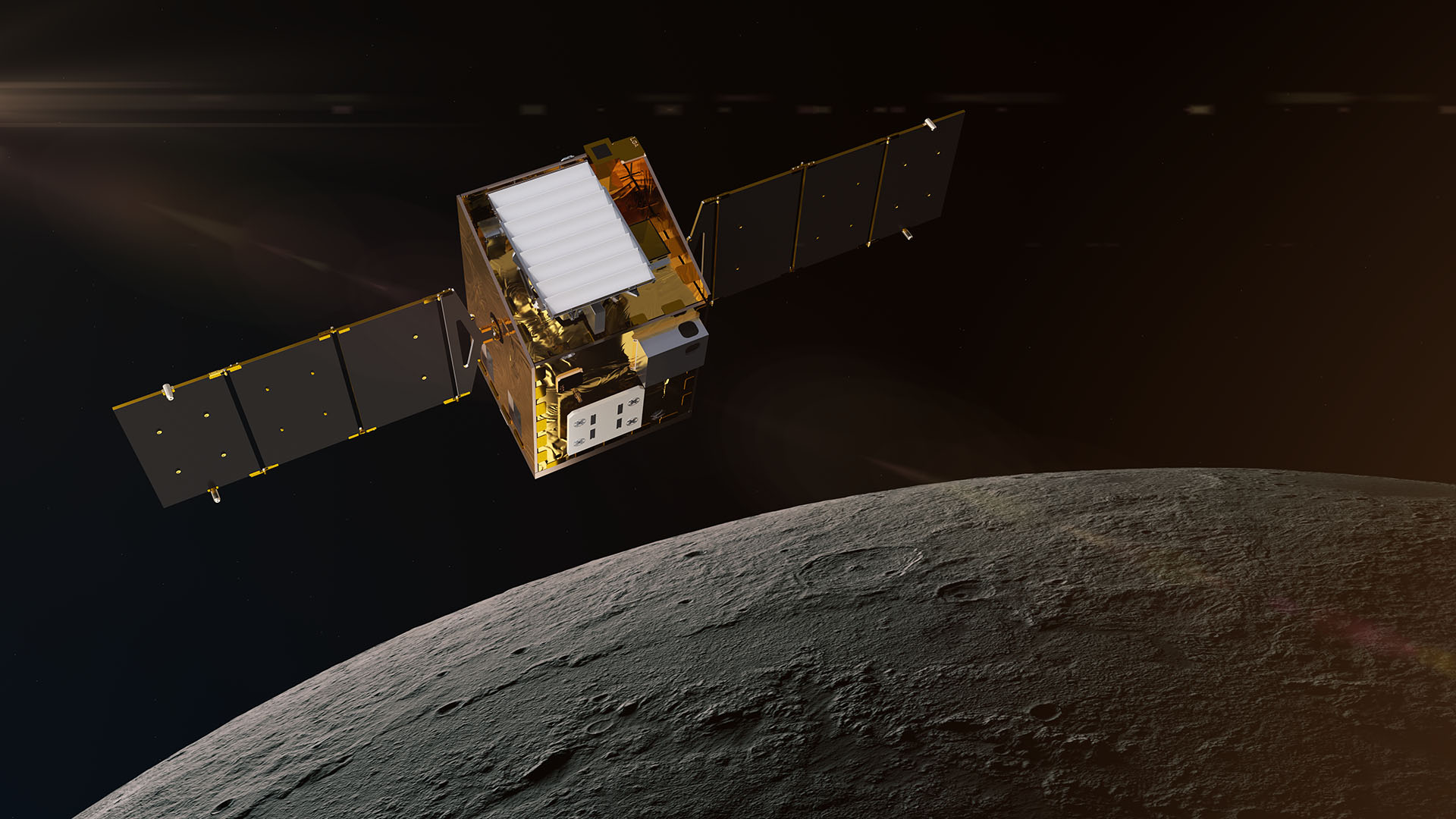
NASA still trying to revive silent Lunar Trailblazer moon orbiter
By Mike Wall Published
-
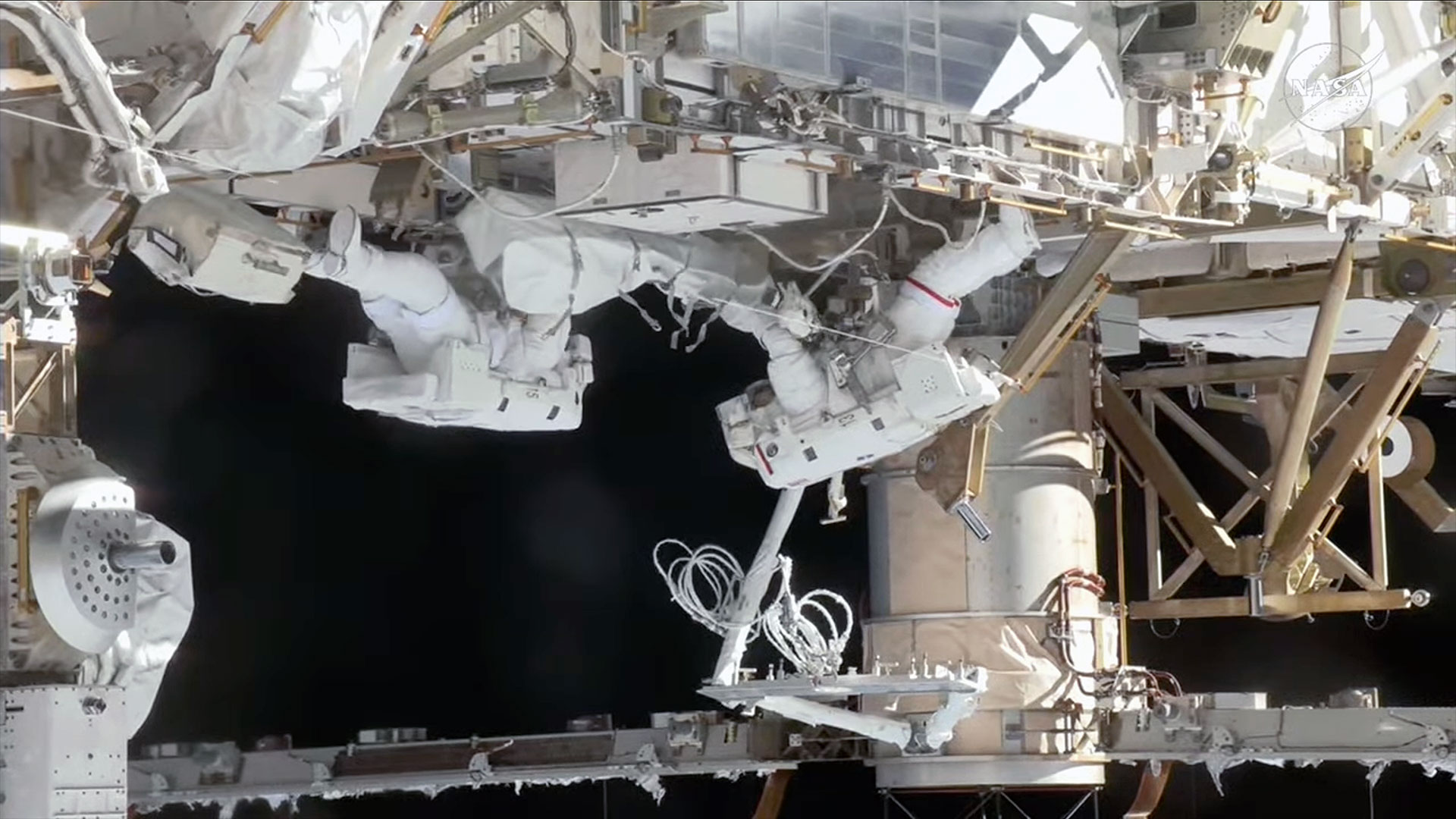
NASA astronauts on spacewalk relocate antenna, prep for new solar arrays at space station
By Robert Z. Pearlman Published
-
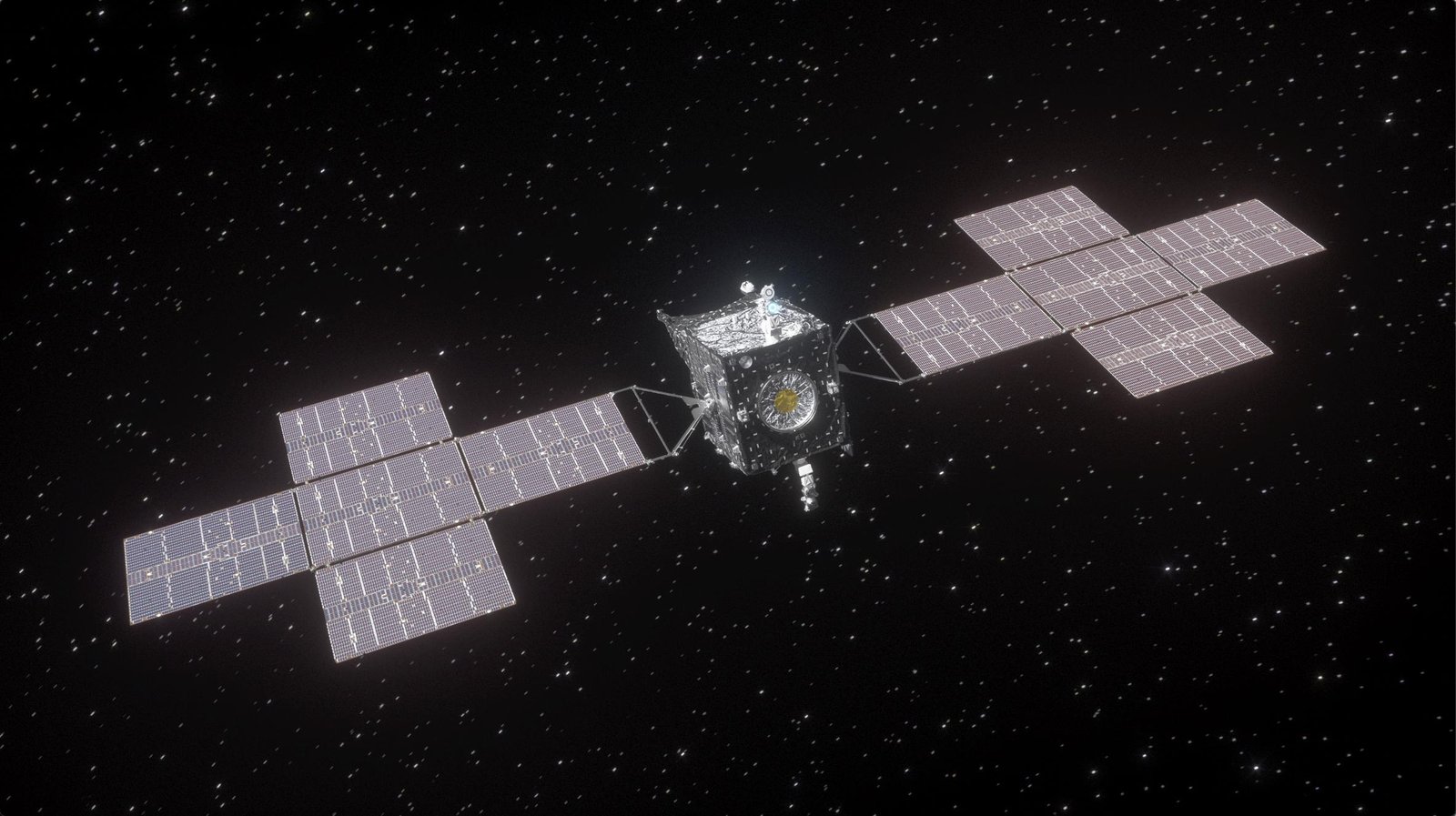
Psyche spacecraft's sci-fi thrusters suffer glitch on way to metal-rich asteroid
By Monisha Ravisetti Published
-
Private spaceflight
-
-
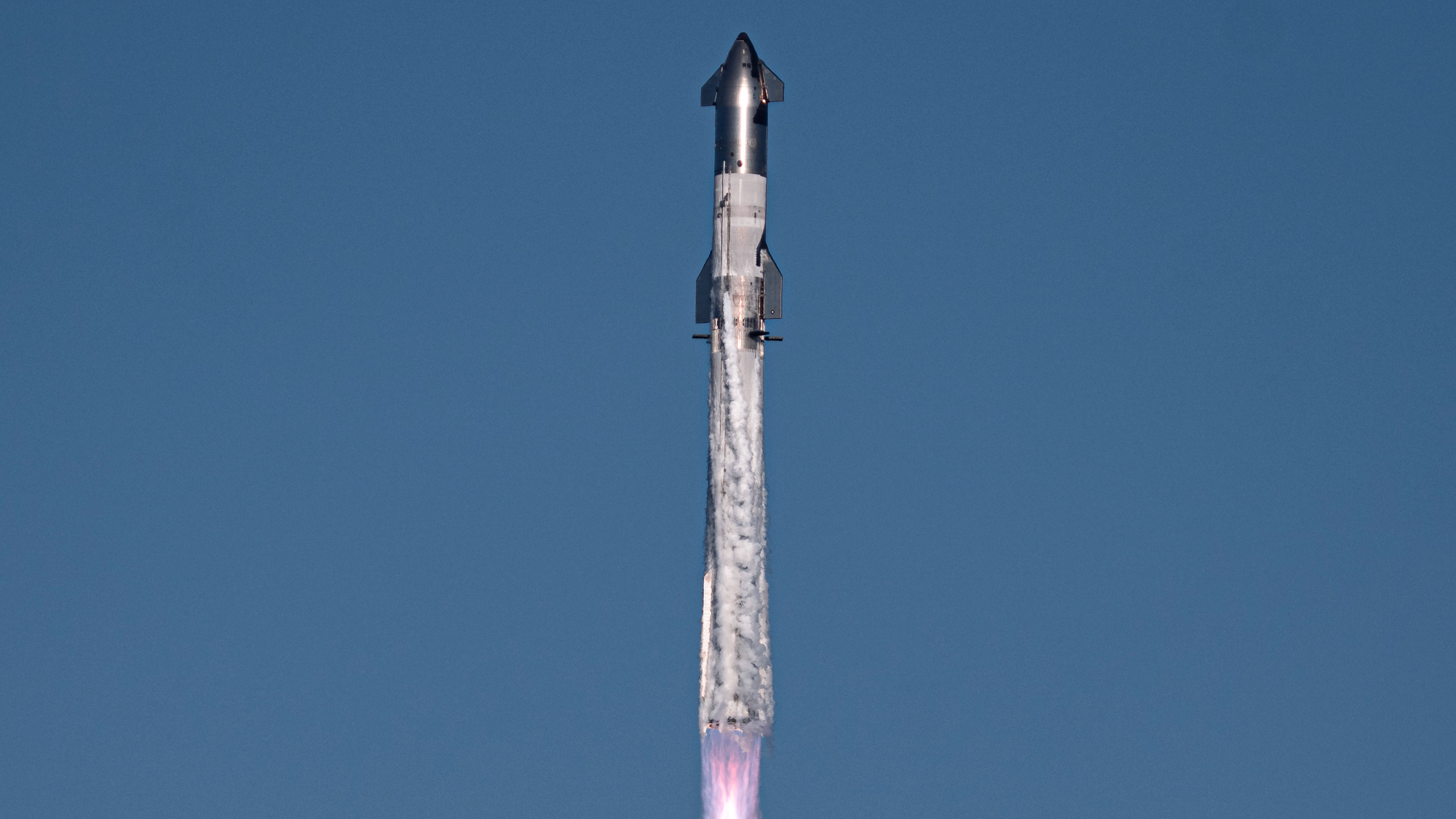
SpaceX gets FAA approval for 25 Starship launches per year
By Mike Wall Published
-
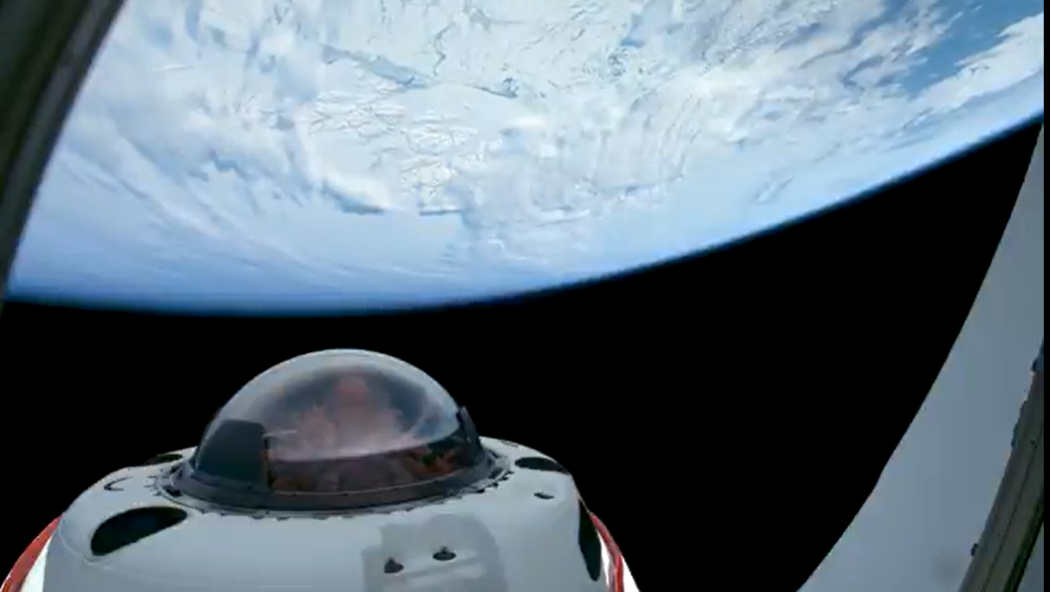
See what it's like to witness Earth's poles from space in this stunning 4-hour SpaceX video
By Josh Dinner Published
-
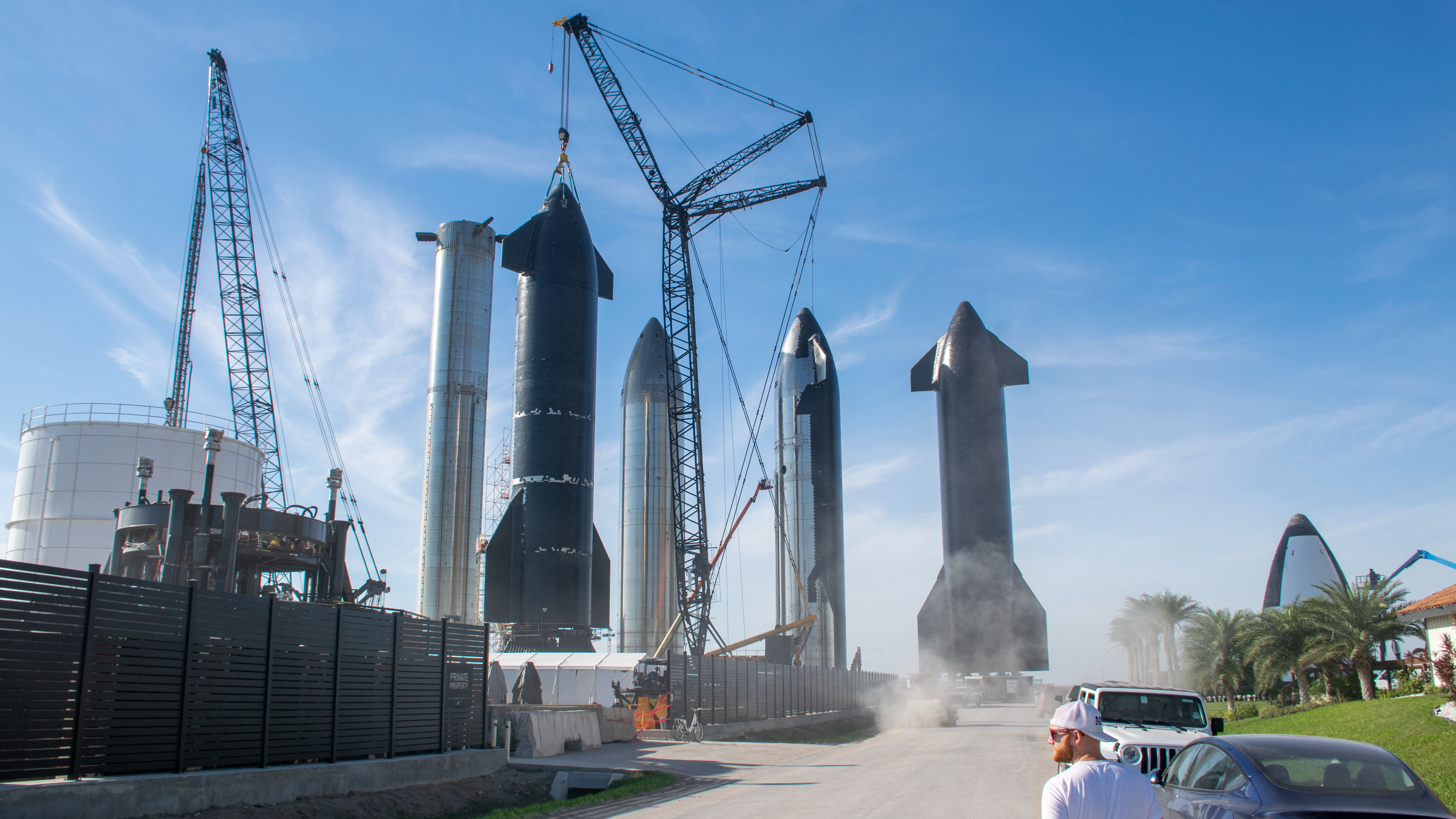
SpaceX's Starbase becomes a new Texas city after landslide election
By Mike Wall Last updated
-
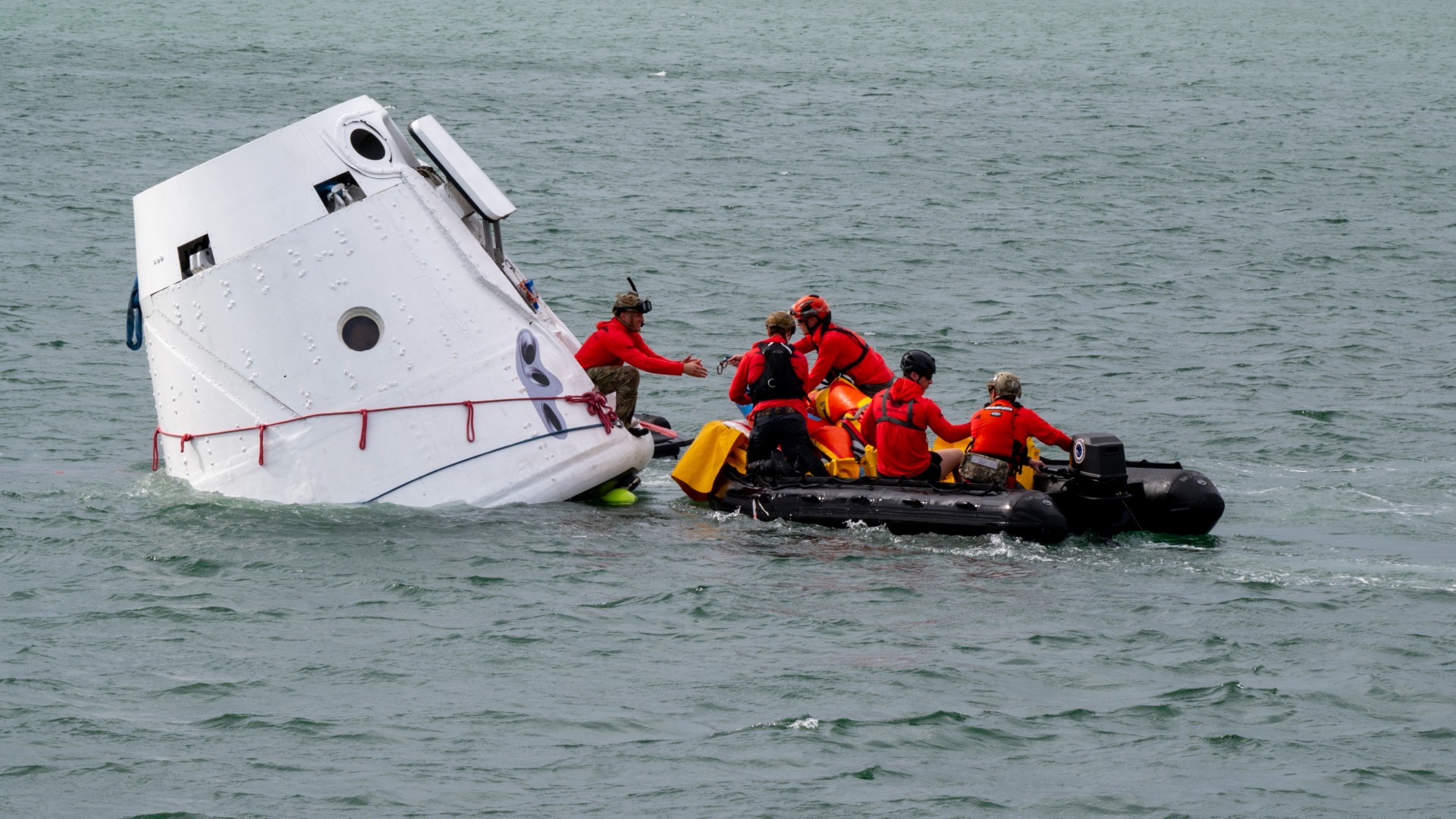
NASA has used the US military for astronaut rescue for decades. So why ask private companies for help now?
By Brett Tingley Published
-

SpaceX's next private astronaut mission to ISS, Ax-4, to launch May 29 for Axiom Space
By Josh Dinner Published
-
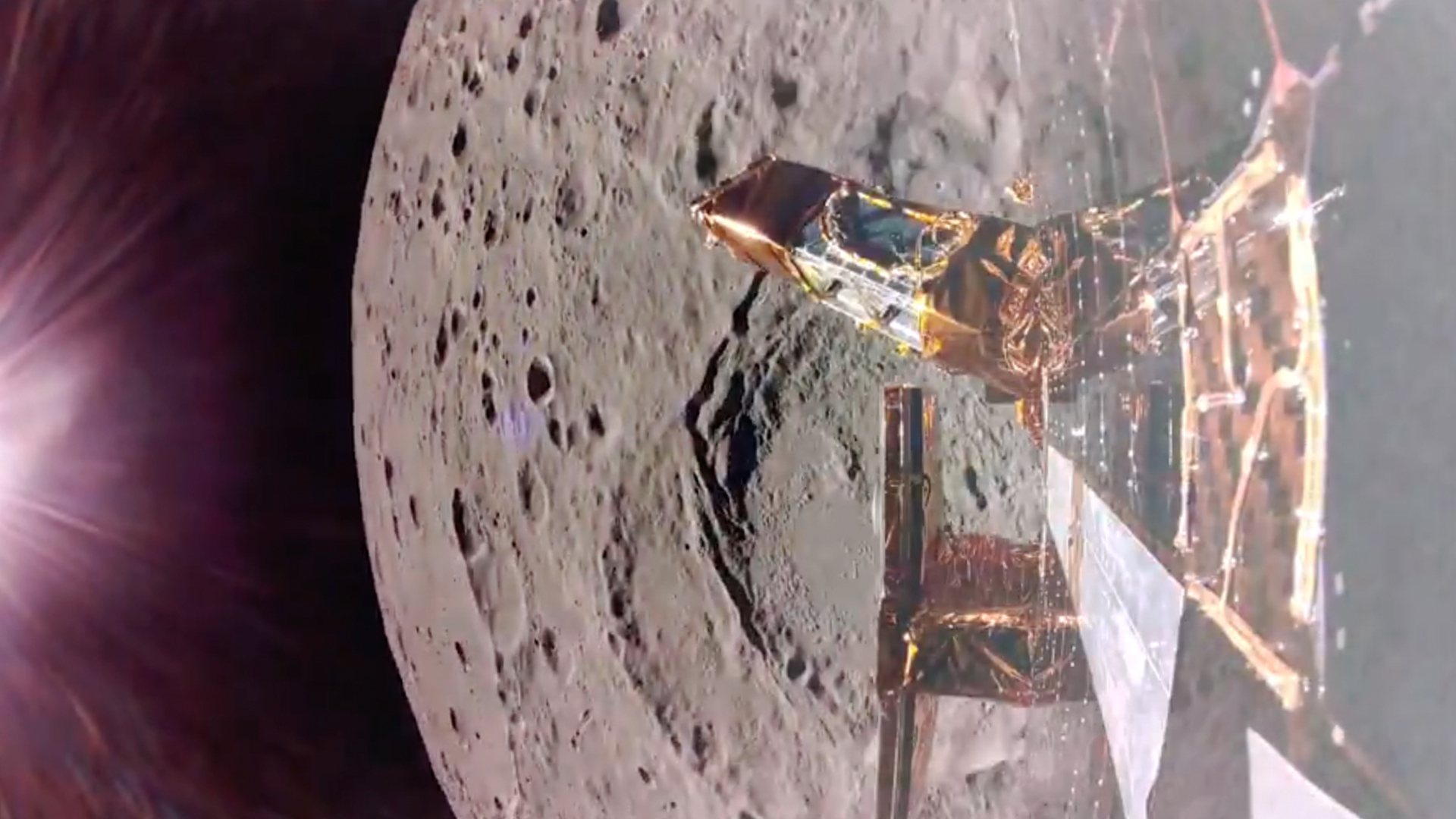
'We learned so much that we didn't know': Firefly Aerospace's Blue Ghost moon lander mission was full of surprises
By Leonard David Published
-
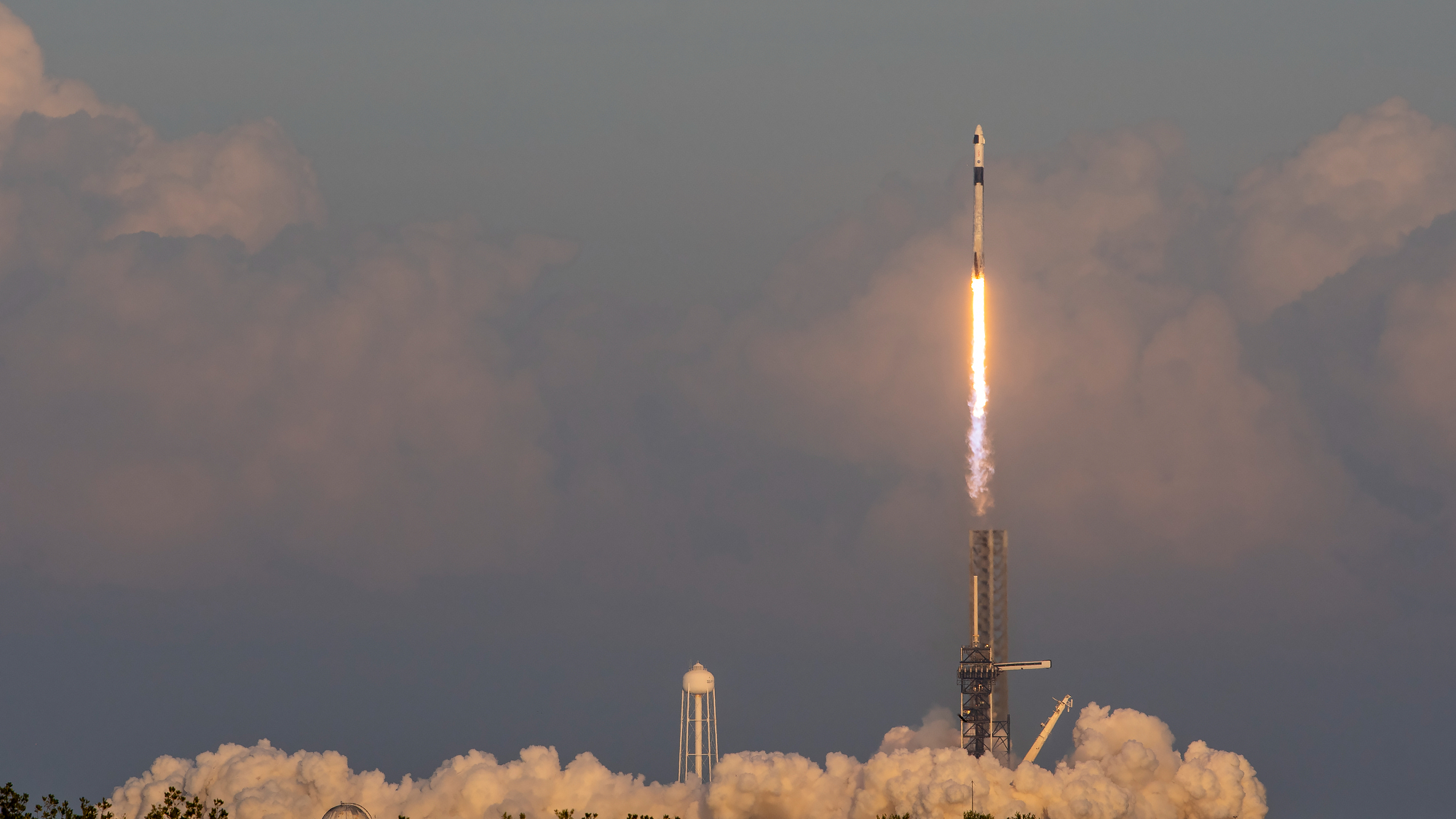
'It's very pro-commercial space right now': An industry insider's off-Earth status report
By Leonard David Published
-
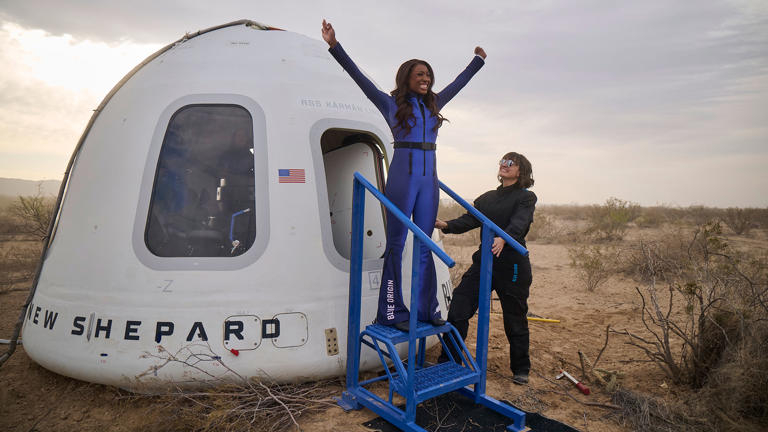
Aisha Bowe becomes 1st Bahamian woman to reach space, remembers Alan Shepard’s landmark flight: 'He landed in Grand Bahama' (video)
By Josh Dinner Published
-

Katy Perry just became the 1st pop star to sing in space — but Lance Bass, Beyonce, Lady Gaga, Sarah Brightman and Justin Bieber had their chance
By Tariq Malik Published
-
Satellites
-
-

US Space Force test fires thrusters for moon surveillance spacecraft
By Brett Tingley Published
-

Satellites show 28 US cities are sinking, including NYC and Chicago: 'Infrastructure can be silently compromised'
By Stefanie Waldek Published
-
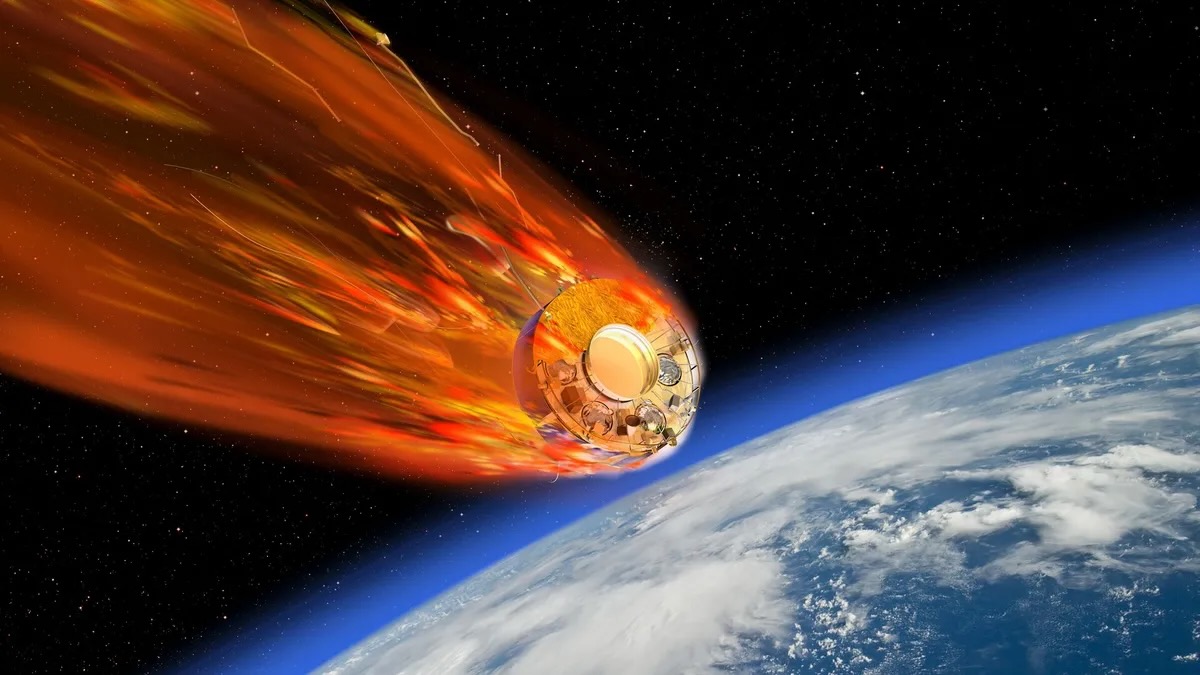
Scientists chased a falling spacecraft with a plane to understand satellite air pollution
By Tereza Pultarova Published
-
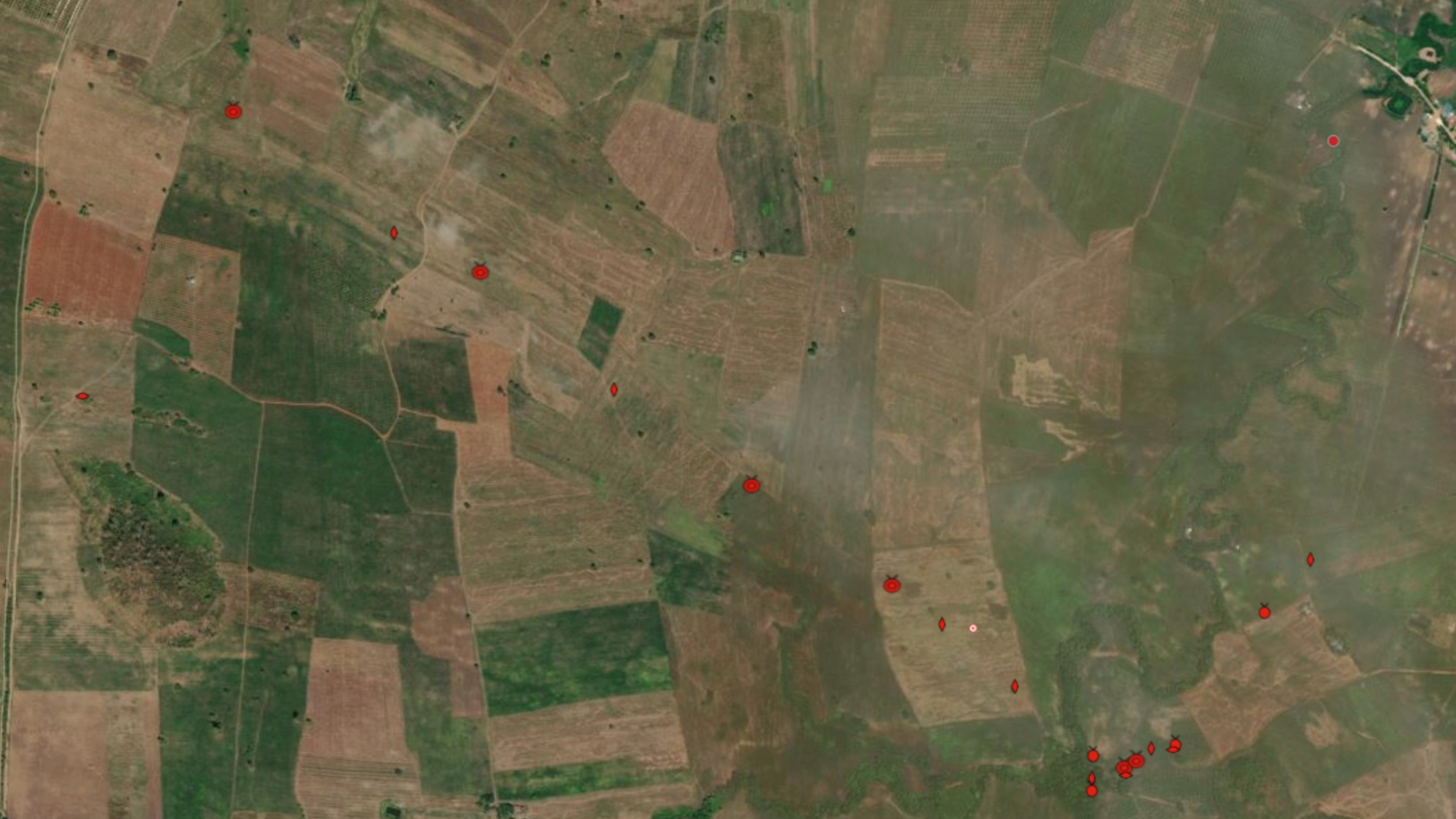
40-year-old spy satellite photos are helping find forgotten land mines in Cambodia
By Tereza Pultarova Published
-
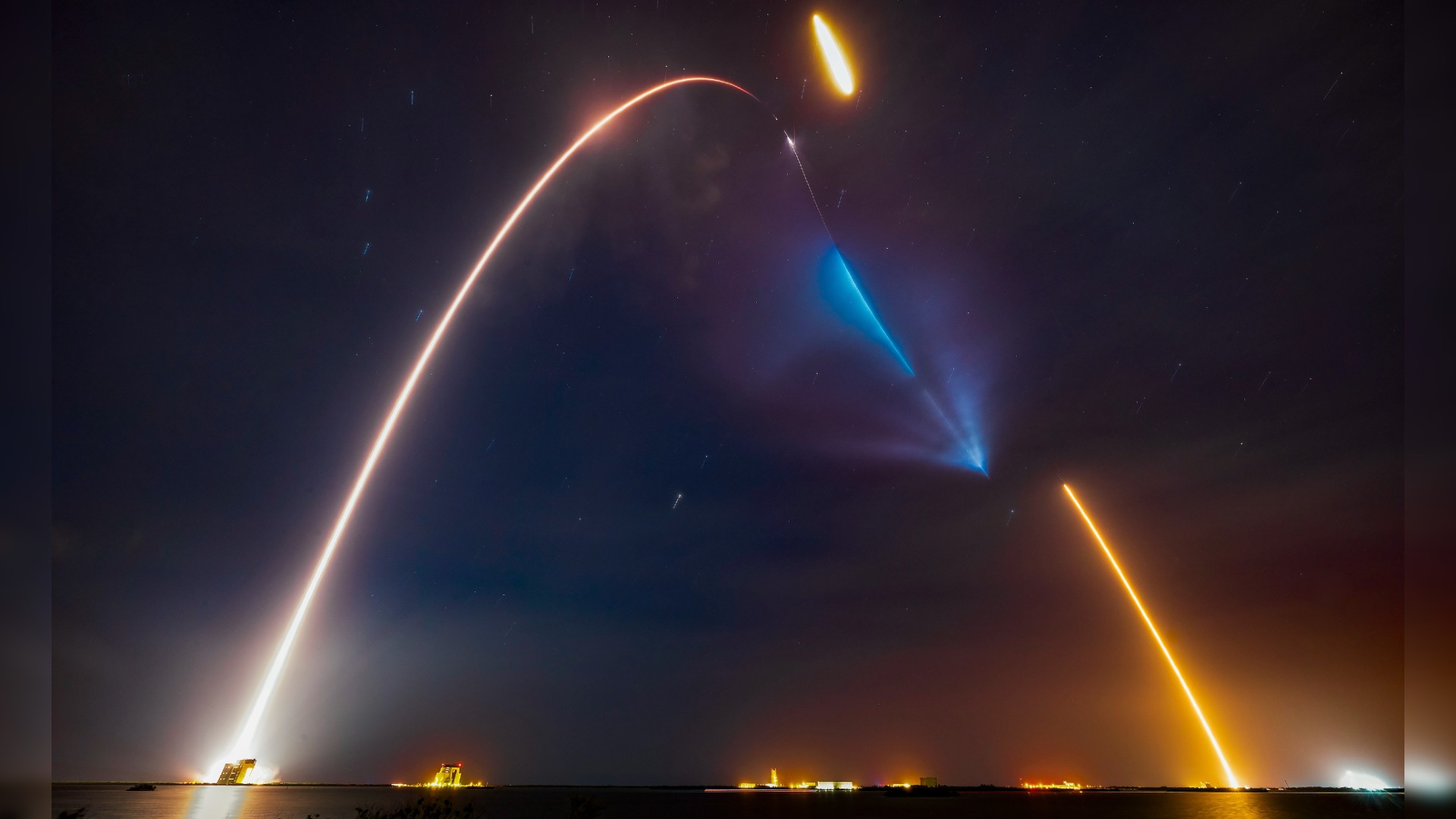
South Korea sends 4th spy satellite to orbit on SpaceX rideshare launch
By Brett Tingley Published
-
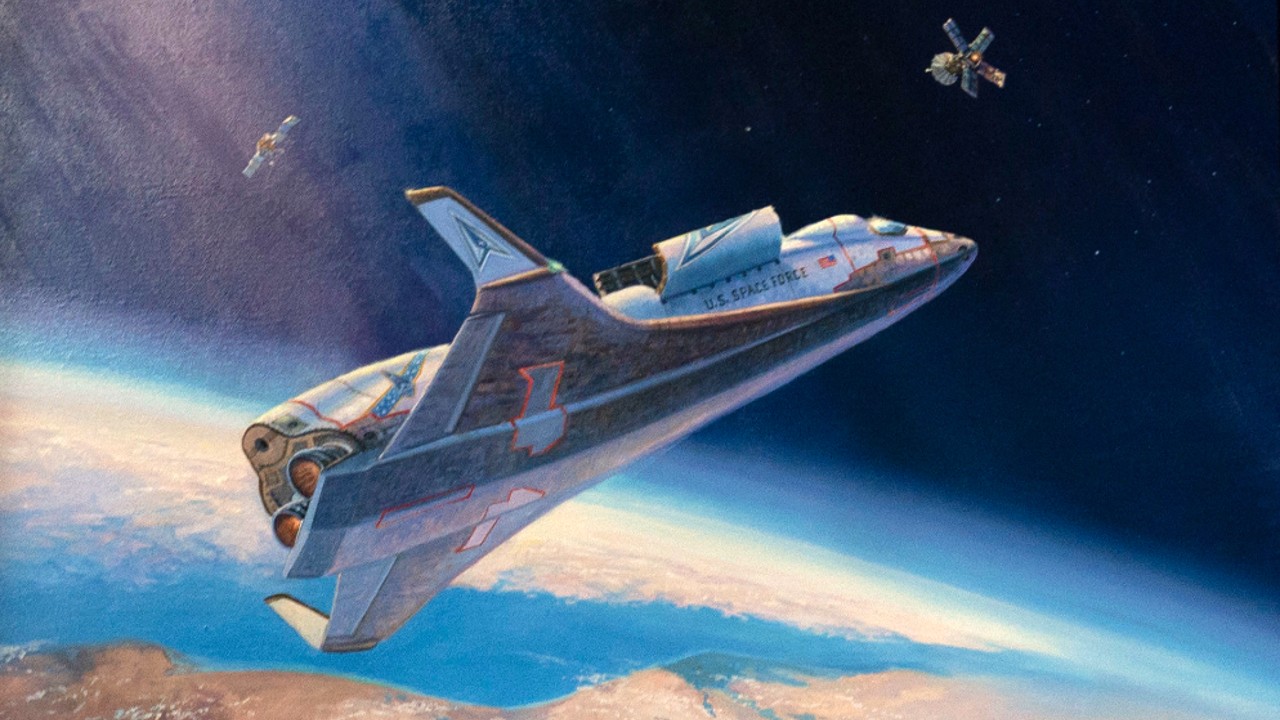
US Space Force now has a framework for fighting a war in space
By Brett Tingley Published
-
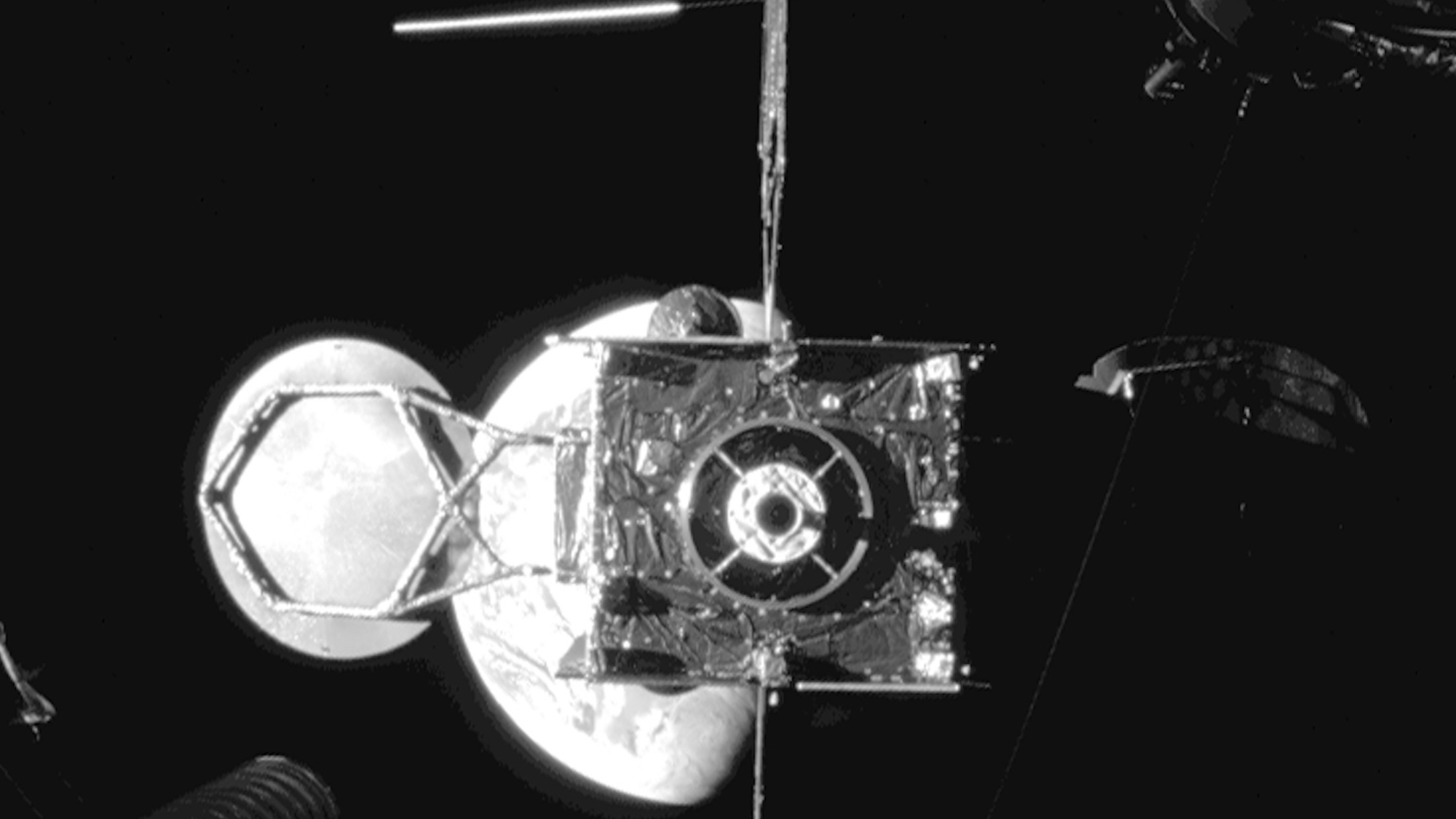
2 private satellites undock after pioneering life-extension mission
By Andrew Jones Published
-
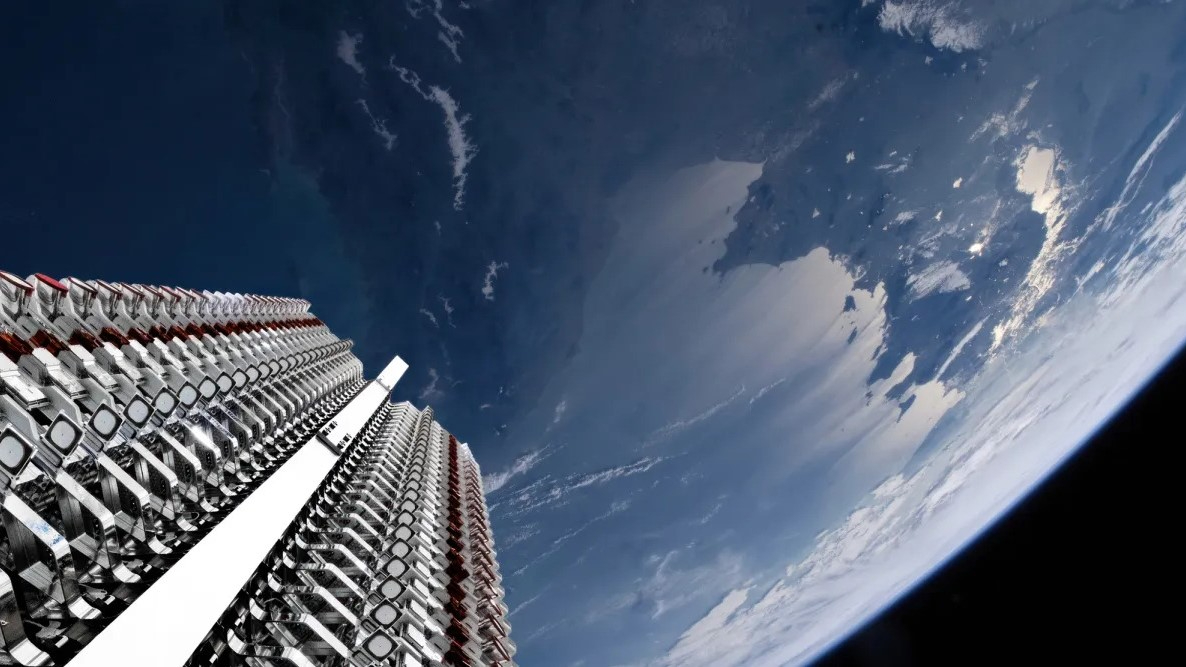
Germany's military wants its own Starlink-like satellite constellation
By Andrew Jones Published
-
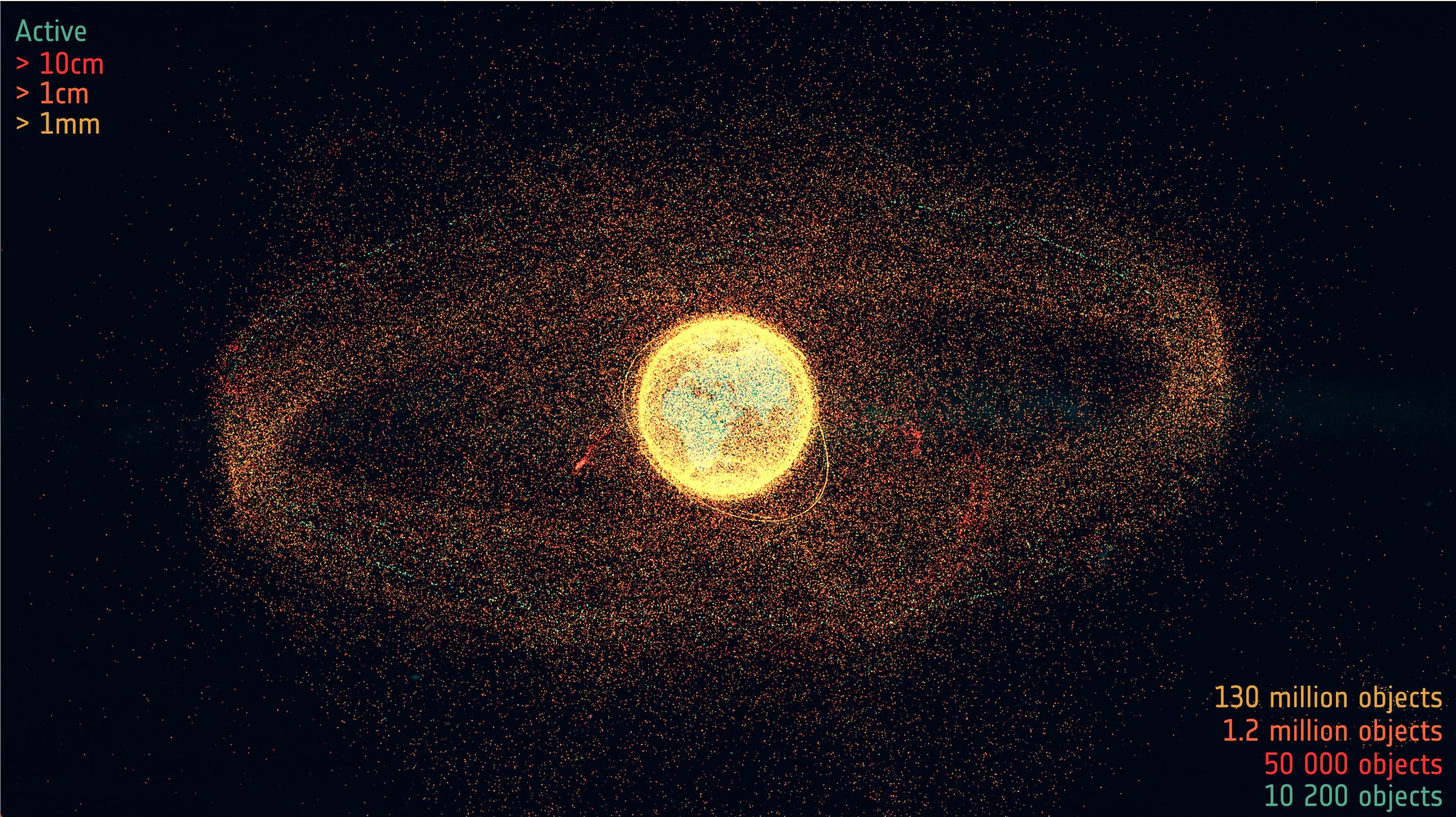
3 big hunks of space junk crash to Earth every day — and it's only going to get worse
By Tereza Pultarova Published
-
Search for Life
-
-

This strange bacteria aligns to Earth's magnetic field and needs friends to survive
By Jessica Rendall Published
-
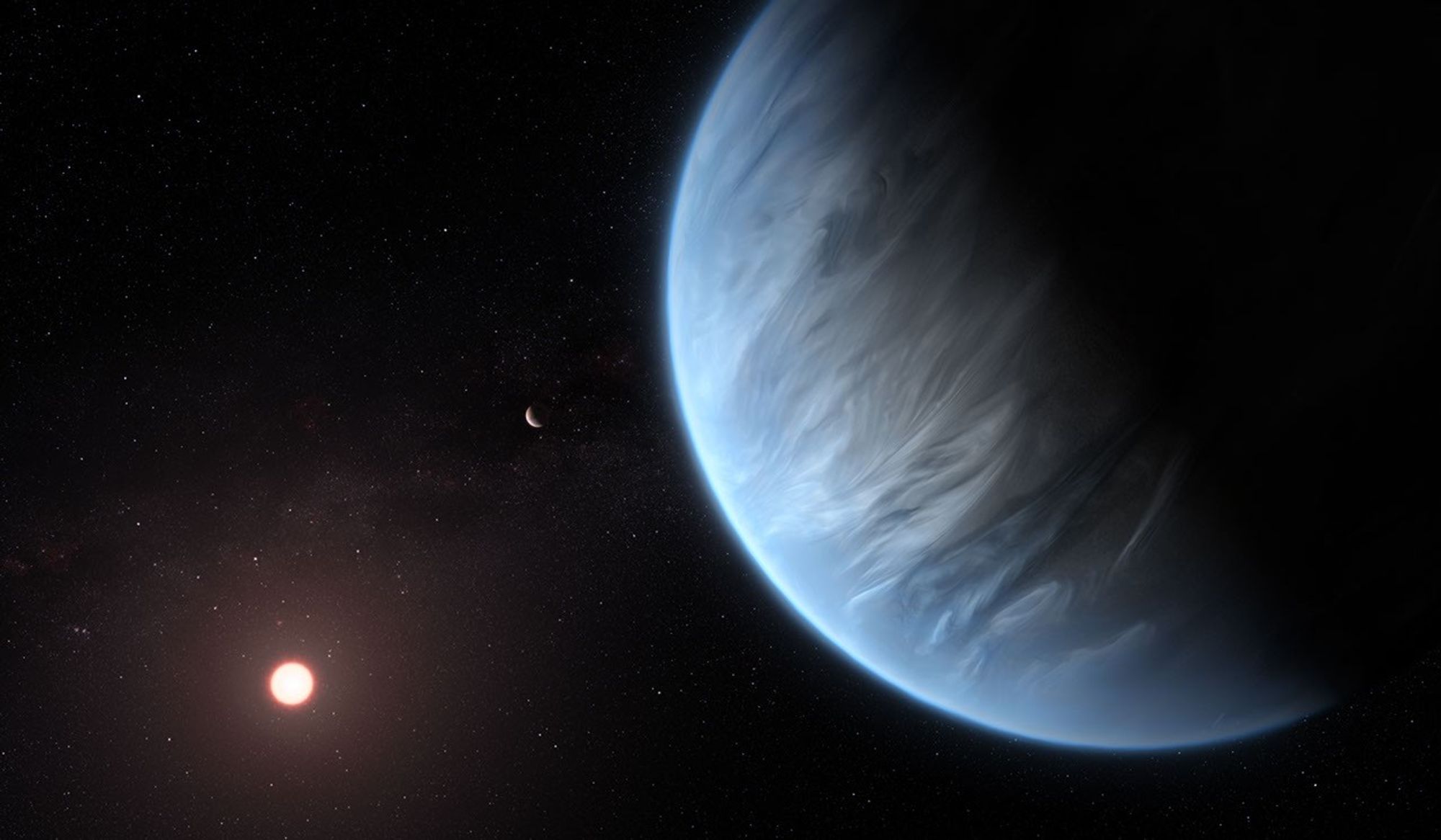
Doubts over signs of alien life on exoplanet K2-18b are rising: 'This is evidence of the scientific process at work'
By Sharmila Kuthunur Published
-
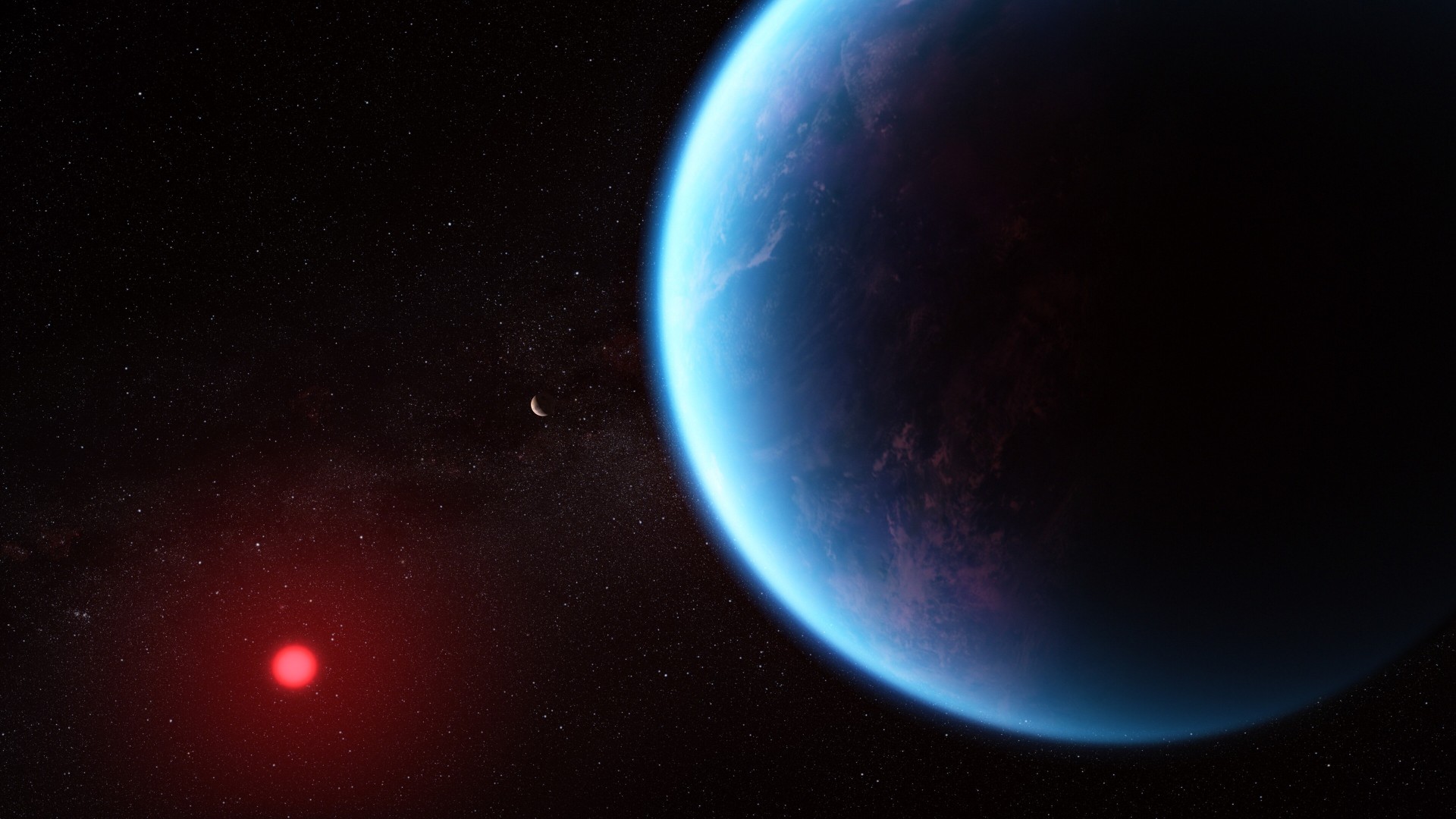
The pursuit of truths: A letter on the boy who cried aliens (op-ed)
By Darryl Seligman Published
-

Did we actually find signs of alien life on K2-18b? 'We should expect some false alarms and this may be one'
By Sharmila Kuthunur Published
-
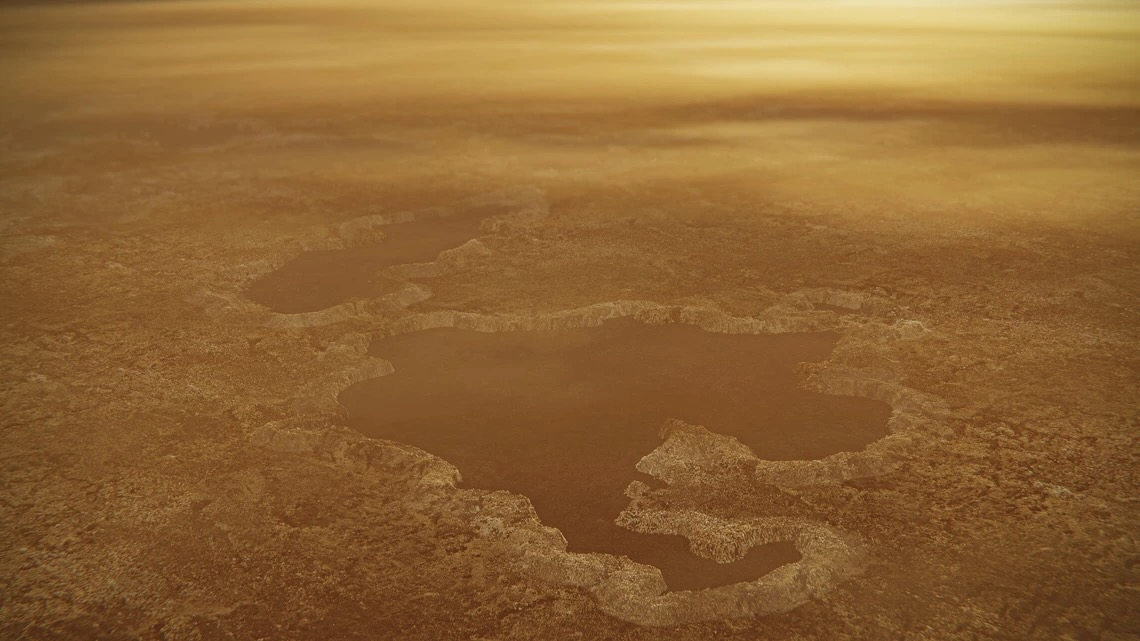
Alien life could exist on Saturn's big moon Titan — but finding it will be tough
By Victoria Corless Published
-
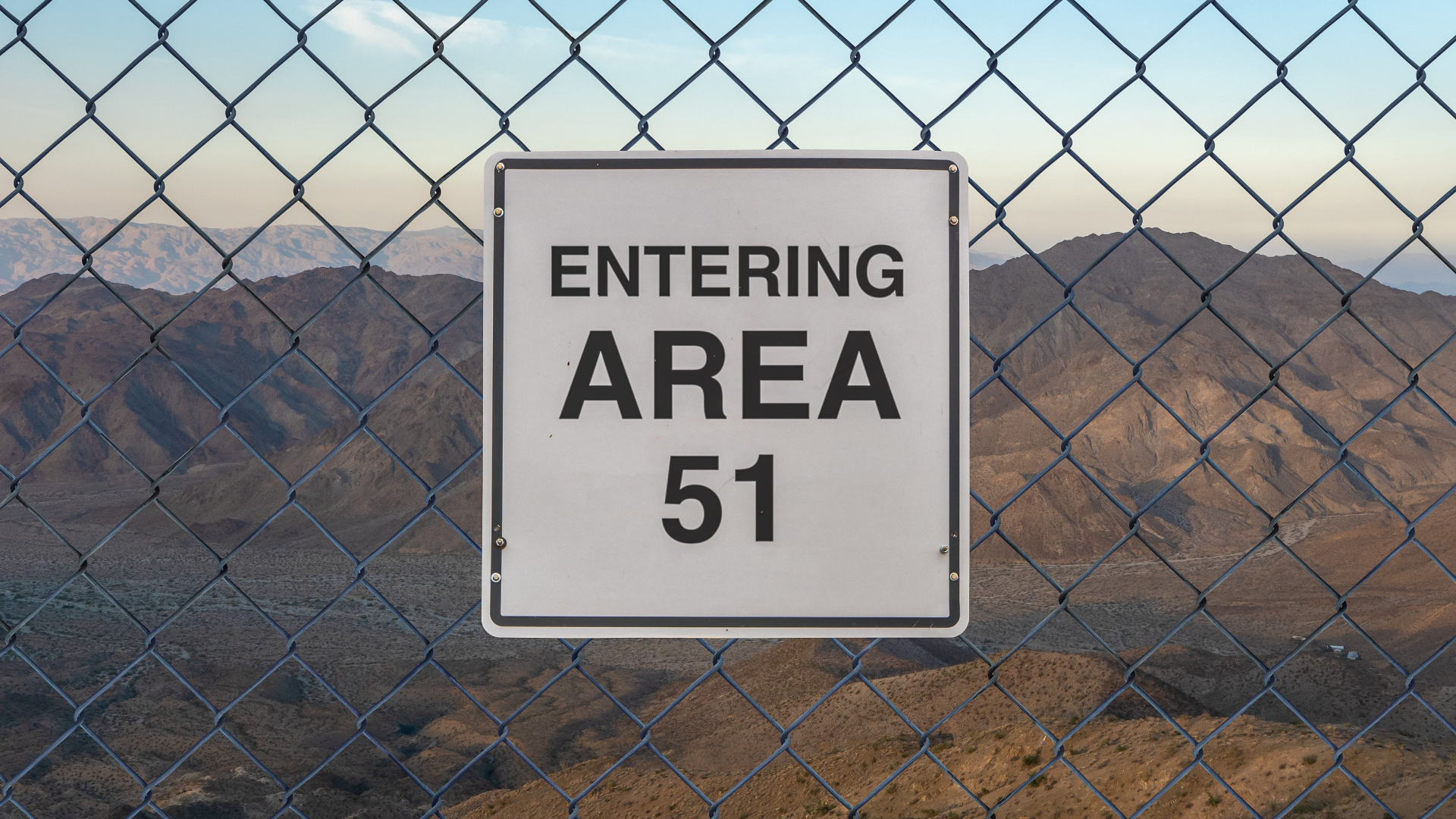 Reference
ReferenceArea 51: What is it and what goes on there?
By Robert Lea Last updated
-
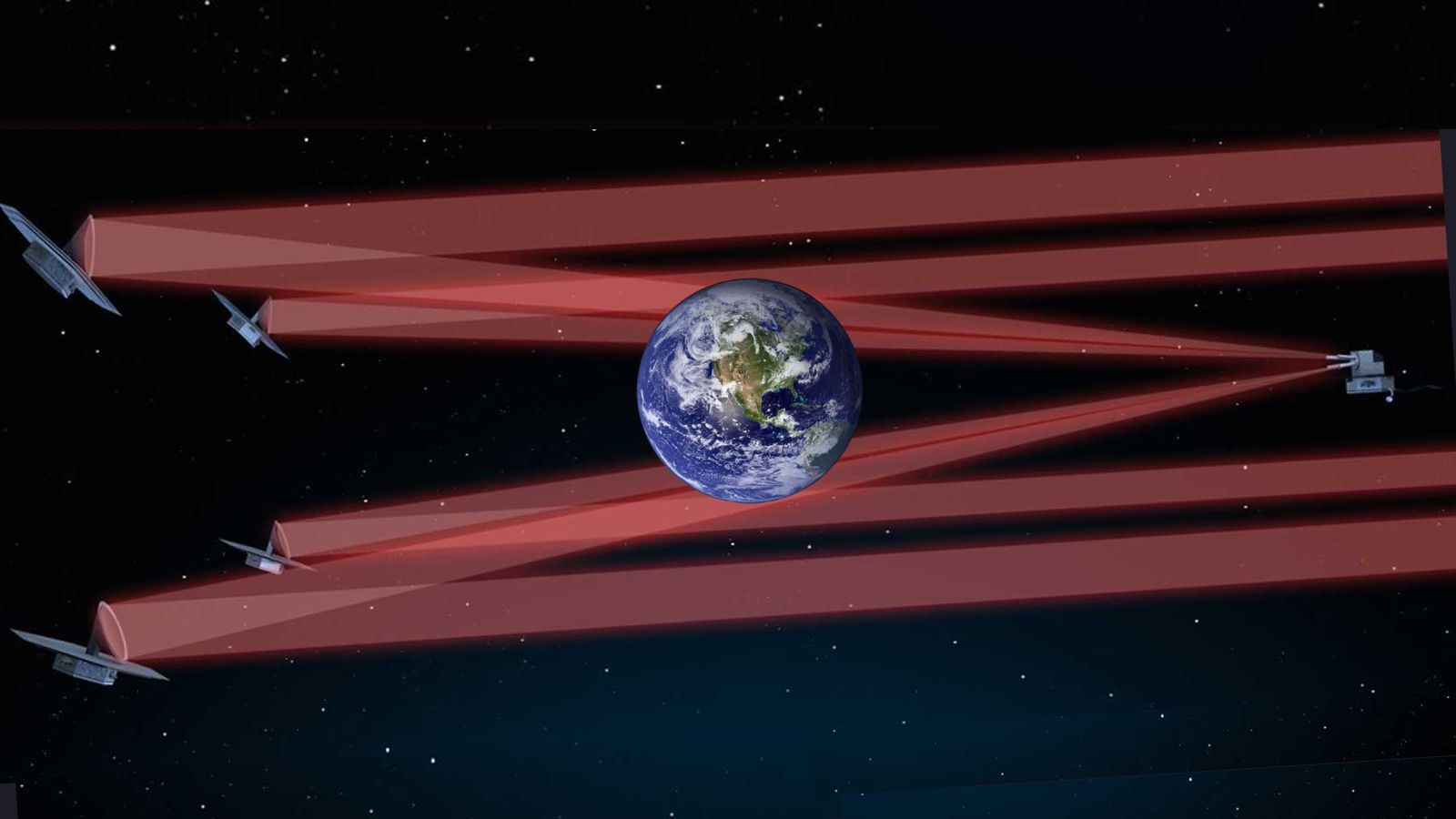
How rare are inhabited worlds in the universe? The 'LIFE' space telescope fleet could find out
By Keith Cooper Published
-
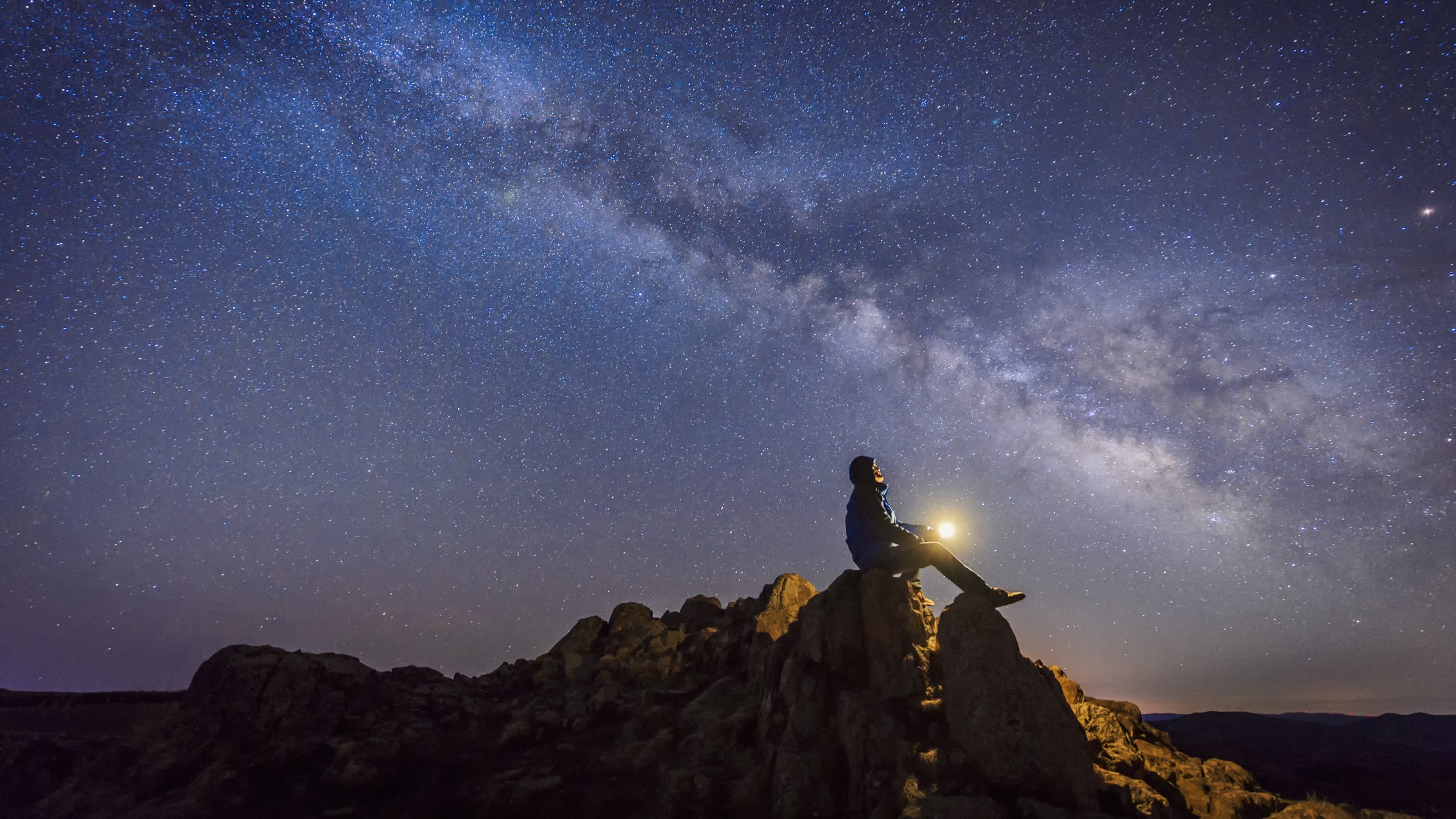 Reference
ReferenceThe Fermi Paradox: Where are all the aliens?
By Daisy Dobrijevic Last updated
-
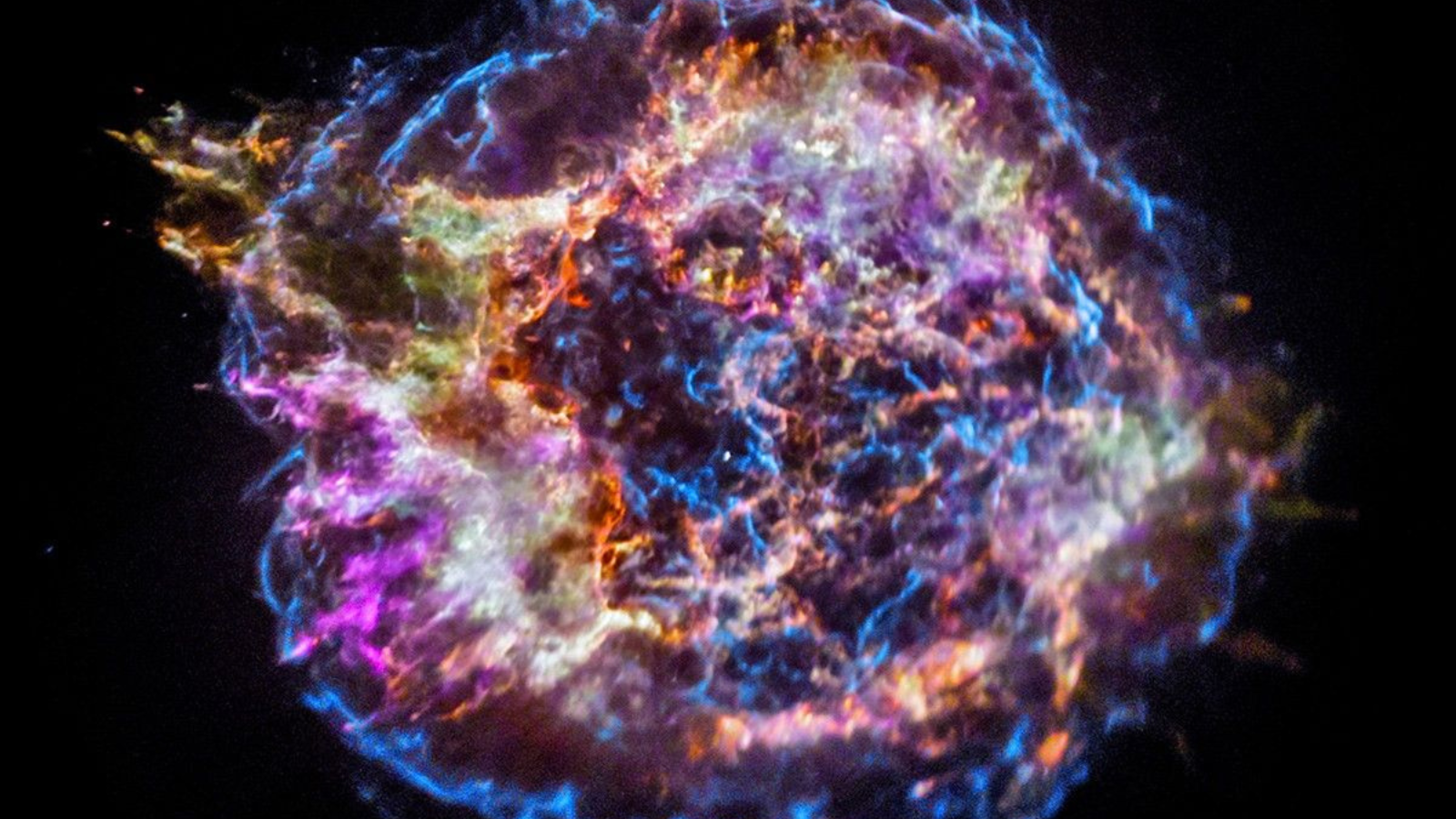
Massive star explosions may have triggered two mass extinctions in Earth's past: 'It would be terrifying.'
By Sharmila Kuthunur Published
-
More about Space Exploration
-
-

Europe's space agency weighs fallout from proposed NASA budget cuts that could threaten joint missions
By Andrew Jones Published
-

On this day in space! May 8, 1962: Centaur rocket explodes during maiden flight
By Hanneke Weitering Last updated
-
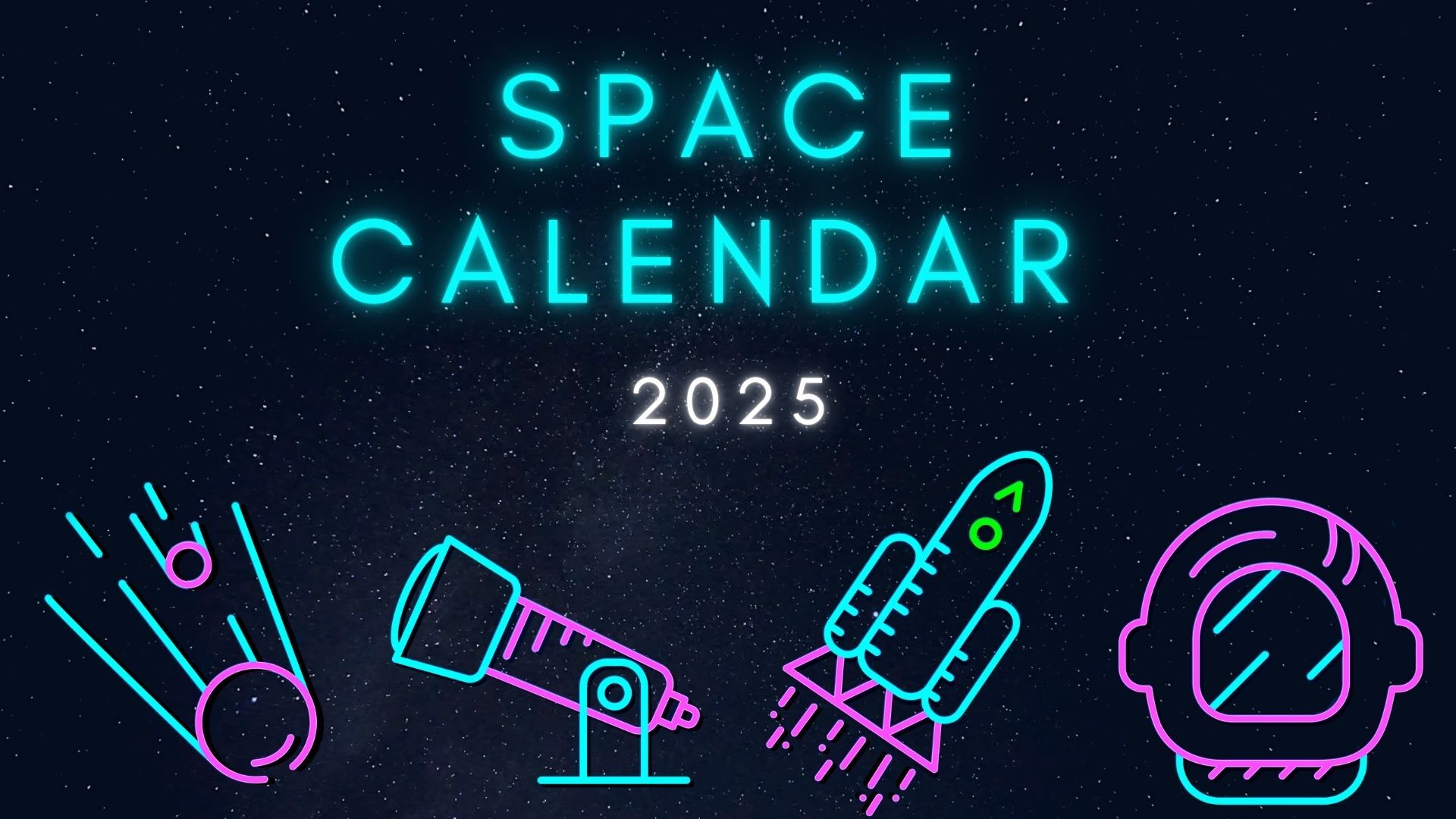 Reference
ReferenceSpace calendar 2025: Rocket launches, skywatching events, missions & more!
By Space.com Last updated
-